Cell Unit: Cell Organelles and their Function, Animal vs. Plant Cells, Eurkaryotic vs. Prokaryotic Cells, and more
This Cell Unit Packet is over 100 pages and includes worksheets, interactive notebook pages and even a “Build Your Cell” game!
We have had such an amazing time with this cell unit. The goal has been not only to help the kids learn the parts of the cells (organelles), their function, and the difference between animal and plant cells, but also to understand the process of protein synthesis (on a kid level). Most cells have billions of proteins and we learned just how these proteins are made by the cell organelles. We also spent quite a bit of time understanding the difference between prokaryotic cells (with no nucleus, like bacteria) and eukaryotic cells (that have a nucleus such as plant & animal cells, paramecium, etc.)… and we checked out various cells/critters under the microscope!
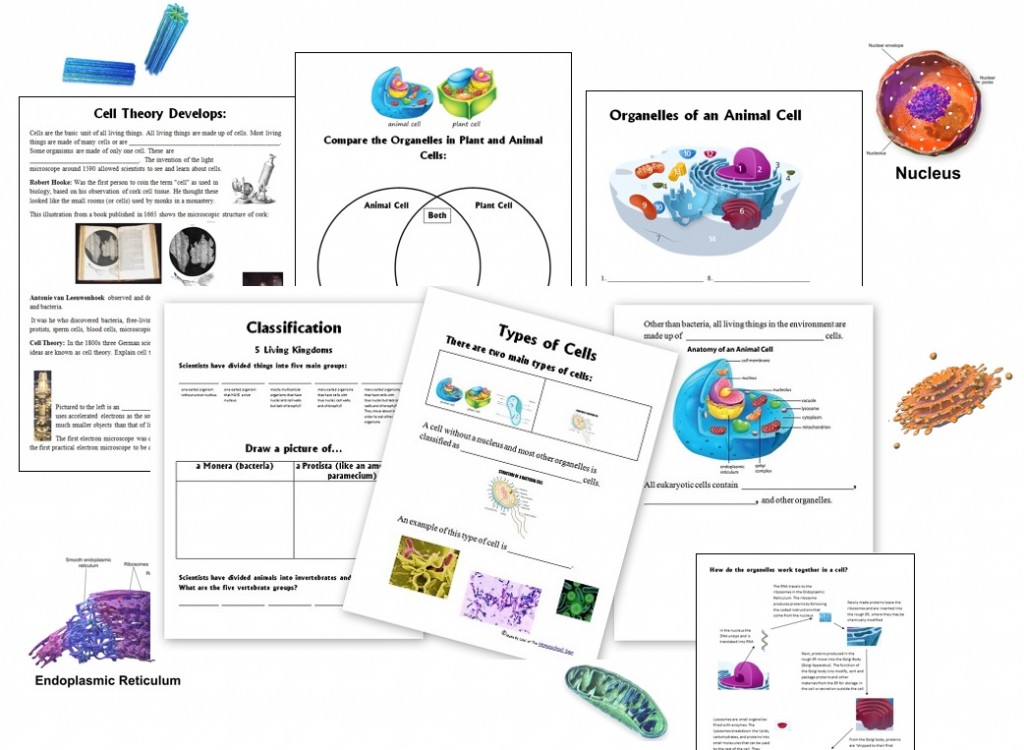
NOTE: This cell packet has been recently been updated to include notebook pages and teacher notes for my high school son. 🙂 You’ll find those new pages towards the end of the packet. So, this truly suits homeschool families with kids of various ages, right?!
Another Update: We did a unit on Plant Cells and Photosynthesis. I have added this new material in as well! See lots more pictures down below!!
Our packets are PDF digital downloads. After your purchase, remember to check your PayPal email address for the download link. This page answers some Frequently Asked Questions. Feel free to email me if you have any questions! ~Liesl
(Note: The Cells Packet is included in our Human Body Bundle. See details in our Store.)
Cell Unit: $8.99
In the post below, I go into great detail about what is in this packet and what activities we did for this unit. Those hands-on activity ideas are also included within the packet itself.
Cell Unit Activities and Worksheets:
First, we learned the basic parts of the cell:
- nucleus
- DNA
- centrioles
- lysosomes
- mitochondria
- microtubules
- ribosomes
- Golgi apparatus
- vesicles
- cell membrane
- cytoplasm
- Endoplasmic reticulum
Here is DD showing us the parts of the cell in the play dough model she made! She talks rather quickly, but you get the idea! 😉
How did DD learn all this? We read through April Terrazas’s book Cellular Biology: Organelles, Structure, Function (This is an affiliate link.) and by the end of the week (going through the book once each day), the kids knew the basic functions COLD!! Lysosomes are the “trash can” of the cell… I *highly* recommend her book!
Note: the book doesn’t include the Endoplasmic reticulum, which we definitely need to know when we went on to learn about how proteins are made. Still, it was such a powerful teaching tool. I don’t know if we could have covered the basic organelles any easier than by using her book! We also started reading Learning About Cells and Cell Function and Specialization. 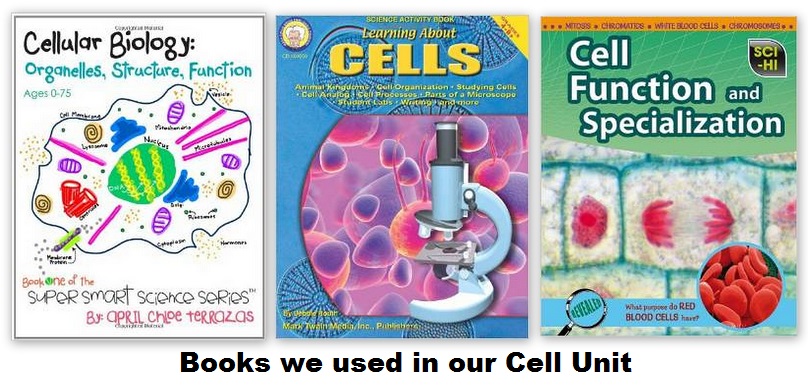

Prokaryotes vs. Eukaryotes: The kids really loved our microscope work examining the differences between prokaryotes and eukaryotes. We have a microscope and pulled out prepared slides of the skin of a pumpkin, a paramecium, and bacteria. (We have this Prepared Slide Set – Intermediate which is available at Amazon — Affiliate Link). The kids drew pictures of what they saw. Then we talked again in great detail about the differences between prokaryotes (bacteria) and eukaryotes (plants, animals, protozoa, etc.) 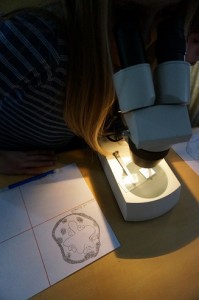
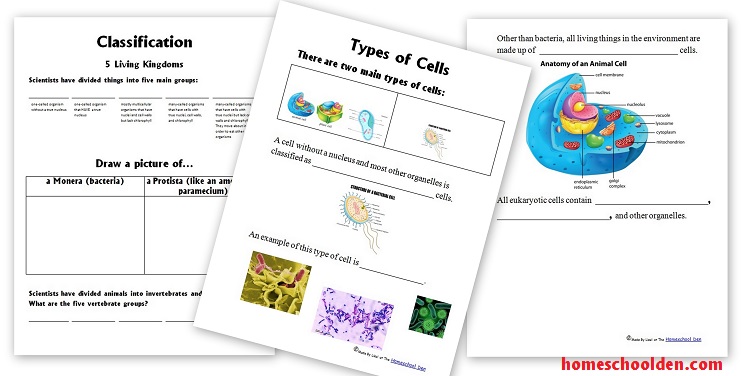
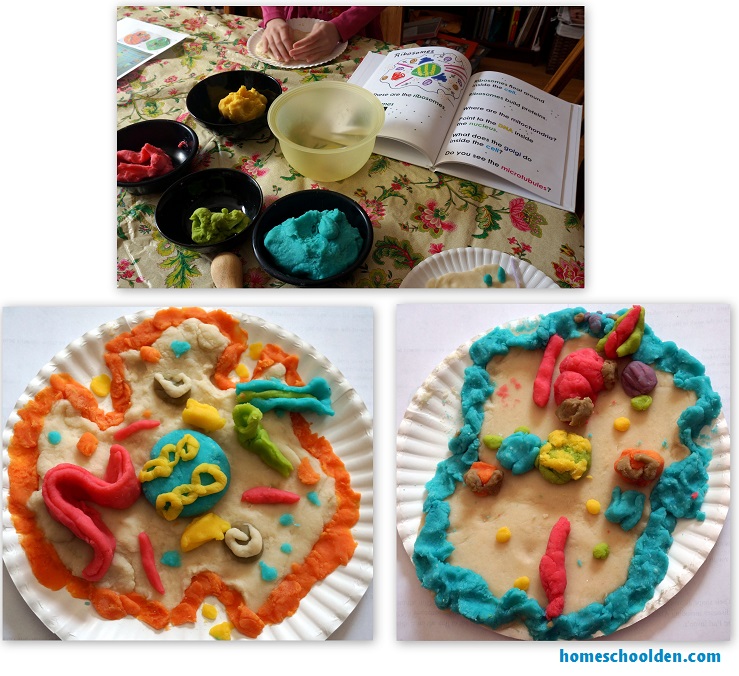
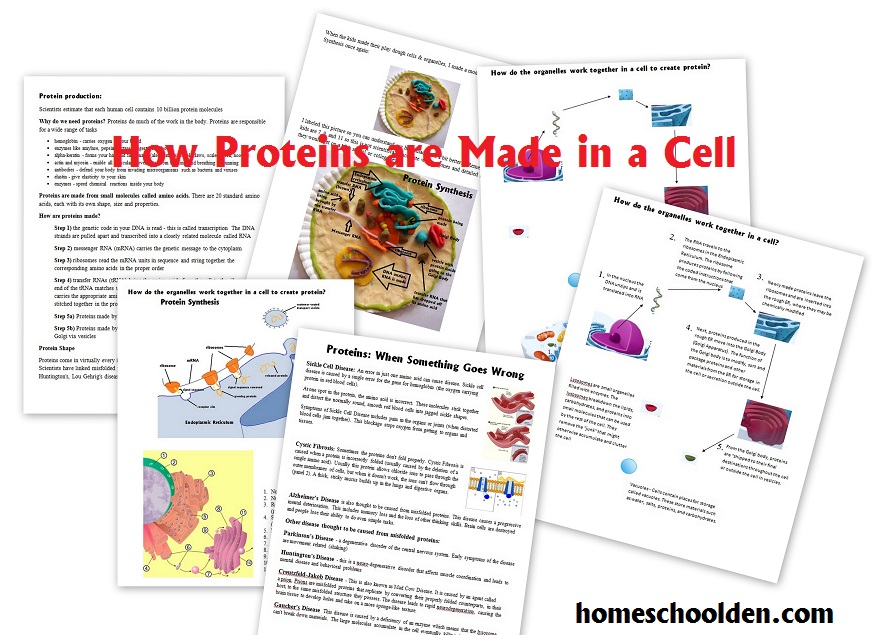
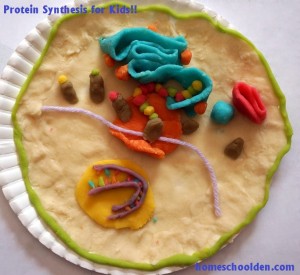
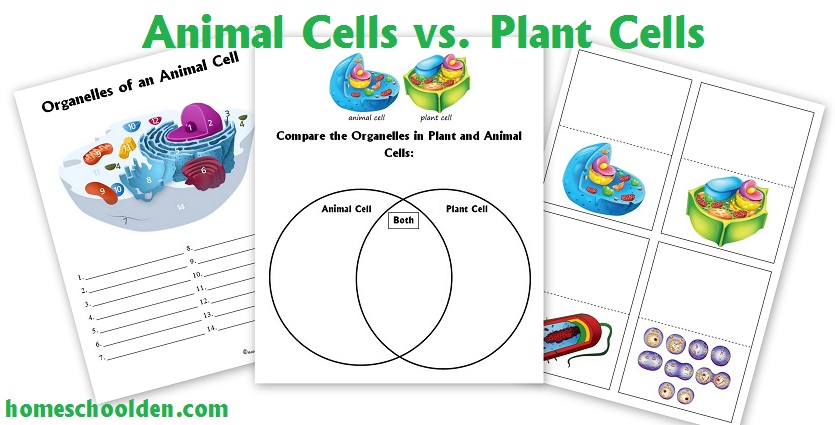
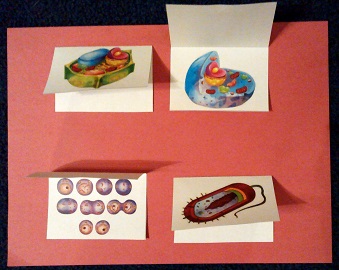
- red blood cells
- muscle cells
- nerve cells
- liver cells
- cardiac cells
- skin cells
Recently I updated this packet to include notebook pages (and teacher notes on the high school level). Plus, I added in a new “Build Your Cell” game, player cards (that can be used for a review bingo game) and various worksheets. Enjoy!
(Note: The Cells Packet is included in our Human Body Bundle or in the Biology BUNDLE of 6. See details in our Store.)
Our packet is now 150+ pages and includes all the pages above. Our units are PDF downloads. If you have any questions, problems or special requests be sure to email me! ~Liesl
A Study of Cells Packet
$8.99
The download link will be sent to your PayPal email address.
See more about the Human Body BUNDLE here:![]() $42.99 Human Body BUNDLE OPTION 2: Human Body Systems, A Study of Cells Unit, Skeletal System Packet, Digestive System, Circulatory System Unit, Muscular System Packet, Nervous System Packet, Endocrine System, Reproductive System Worksheets (We often talked about cells as we started our Human Body Units… then went on to talk about human body cells, tissues, organs & systems… and then would move on to a different body system each year. Generally as homeschoolers, we covered just one or two major body systems each year before moving on to another science topic.) (Does not include the Five Senses Unit.) Visit this page Human Body Bundle Page for the other BUNDLE options are for lots more details and pictures of each of these units!
$42.99 Human Body BUNDLE OPTION 2: Human Body Systems, A Study of Cells Unit, Skeletal System Packet, Digestive System, Circulatory System Unit, Muscular System Packet, Nervous System Packet, Endocrine System, Reproductive System Worksheets (We often talked about cells as we started our Human Body Units… then went on to talk about human body cells, tissues, organs & systems… and then would move on to a different body system each year. Generally as homeschoolers, we covered just one or two major body systems each year before moving on to another science topic.) (Does not include the Five Senses Unit.) Visit this page Human Body Bundle Page for the other BUNDLE options are for lots more details and pictures of each of these units!
Biology BUNDLE
See more about the Biology Bundle of 7 here.
$44.99 Biology BUNDLE of 7: 1) Biology Unit (Biomes, habitats, food chains/webs, feeding relationships) 2) Scientific Classification & Taxonomy Packet 3) Ocean Unit & Layers of the Ocean/Ocean Zone Activities 4) Cells Unit 5) Botany Unit 6) Pathogens Unit – Bacteria, Protozoa, Fungi, Parasites/worms; Viruses and Prions 7) New! The Cell Cycle and Mitosis
Don’t forget to check your PayPal email address for the download link from SendOwl (the delivery service I use)!
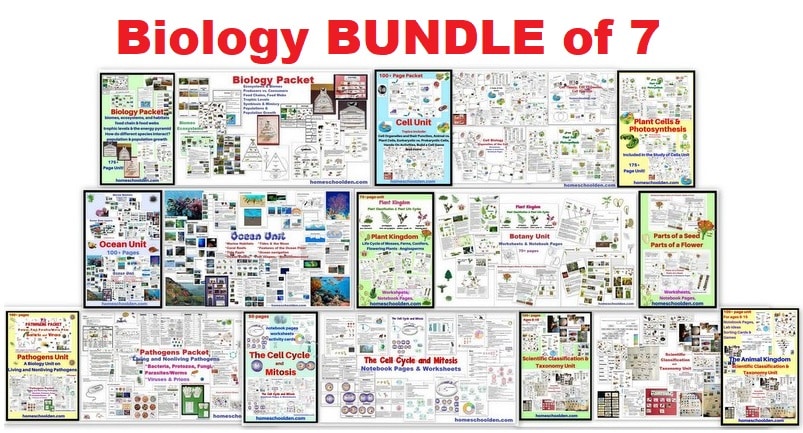
Here are more pictures from these packets:
If you have any questions or problems, feel free to email me! ~ Liesl
View our Privacy Policy here.
See you again soon here or over at our Homeschool Den Facebook Page! Don’t forget to Subscribe to our Homeschool Den Newsletter. You might also want to check out some of our resources pages above (such as our Science, Language Arts, or History Units Resource Pages) which have links to dozens of posts. You might want to join our free Homeschool Den Chat Facebook group. Don’t forget to check out Our Store as well.

~Liesl
Disclosure: Please note that some of the links to books above are affiliate links, and at no additional cost to you, I will earn a commission if you decide to make a purchase.
Helpful videos:
This video, Introduction to Cells, was made by a science teacher I know, Frank Gregorio:
And this video is really helpful if you plan to introduce your kids/students to the production of proteins in the ribosomes:
You might also be interested in some of our other packets:
- Earth Science Packet – 175+ Pages on the layers of the Earth, latitude-longitude, plate tectonics, volcanoes, earthquakes, and more!
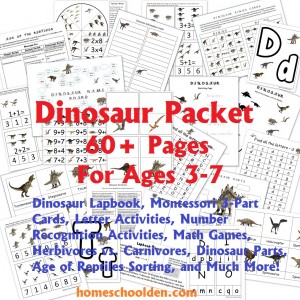
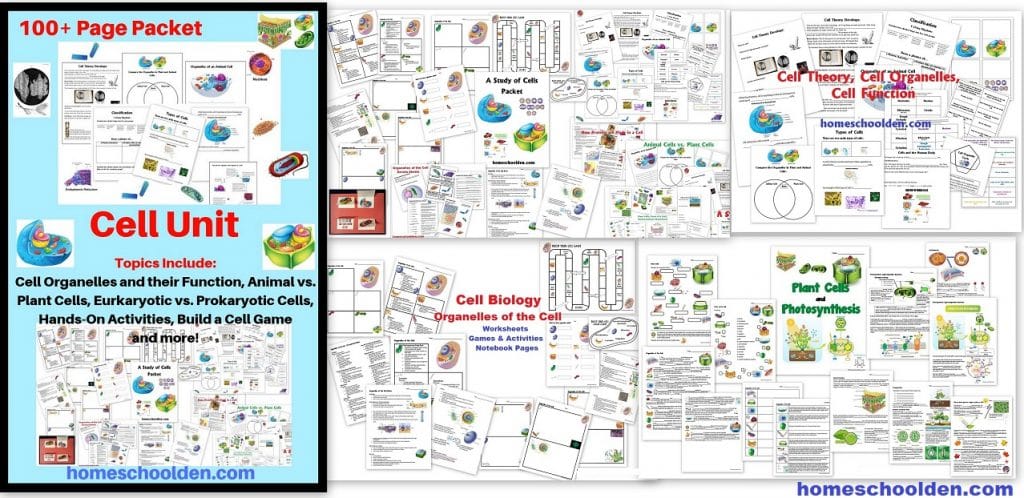
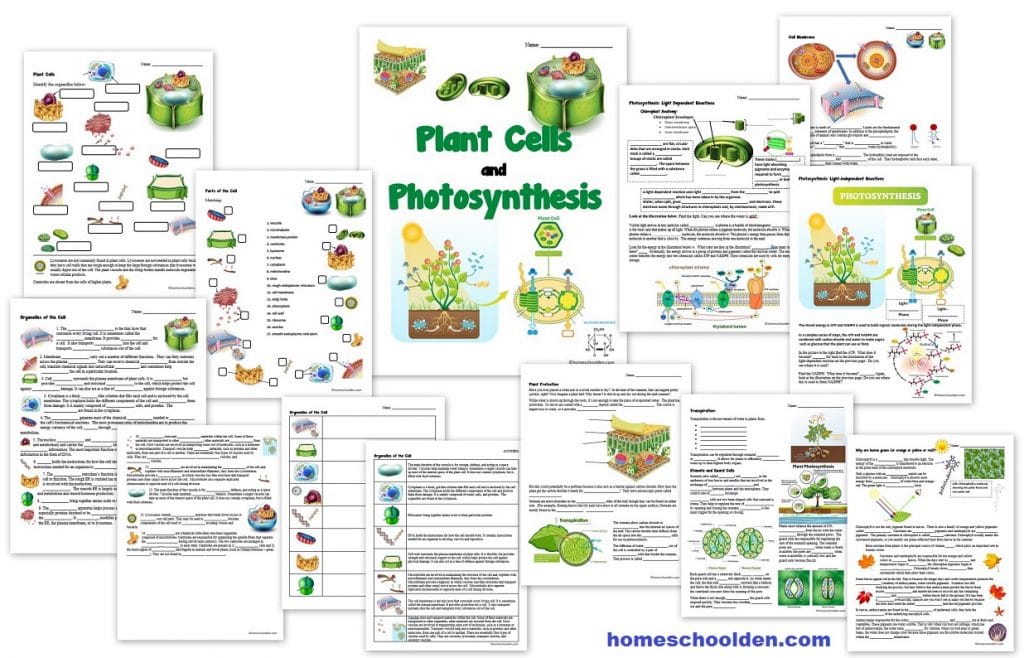
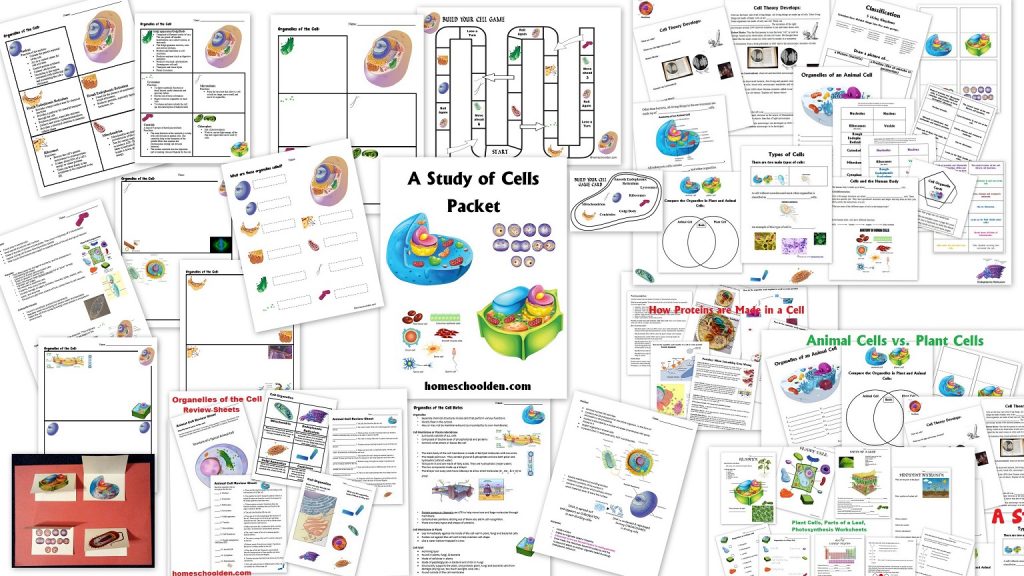
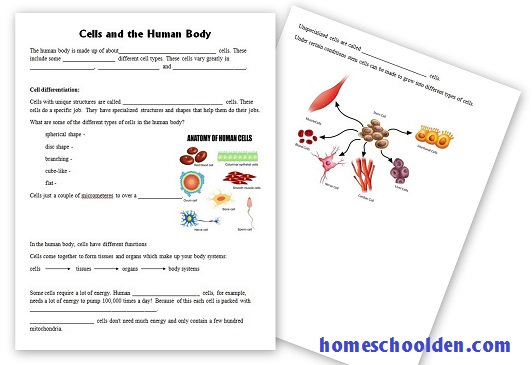
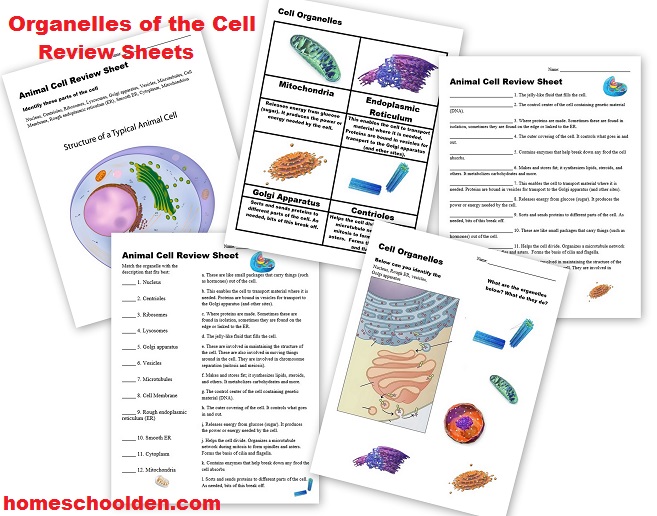
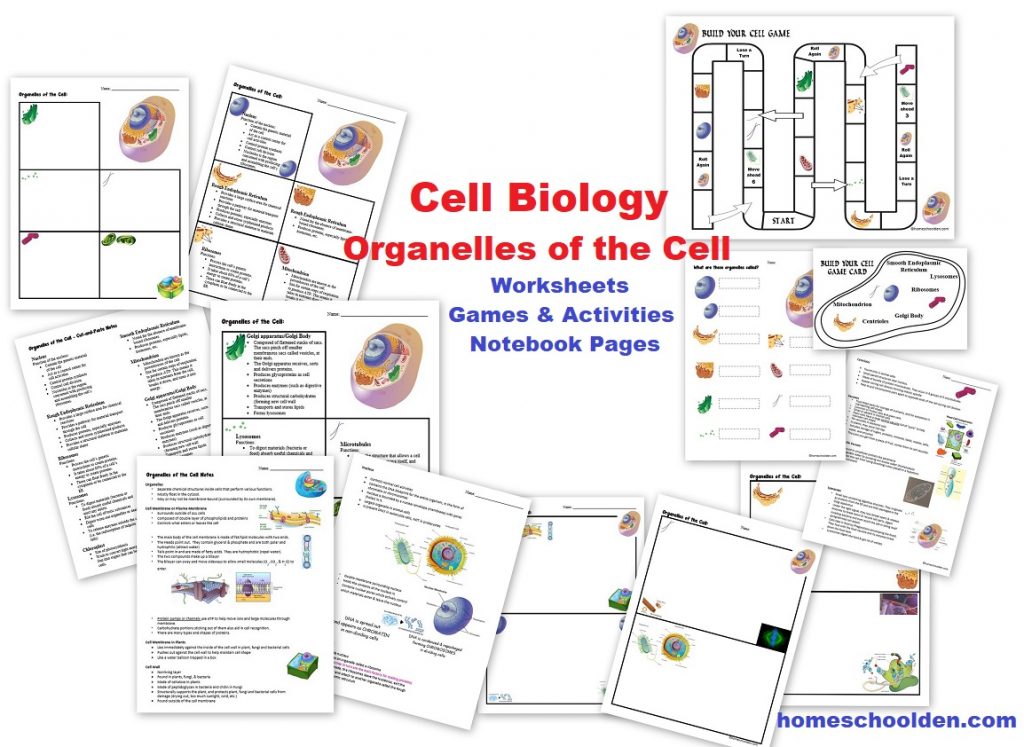
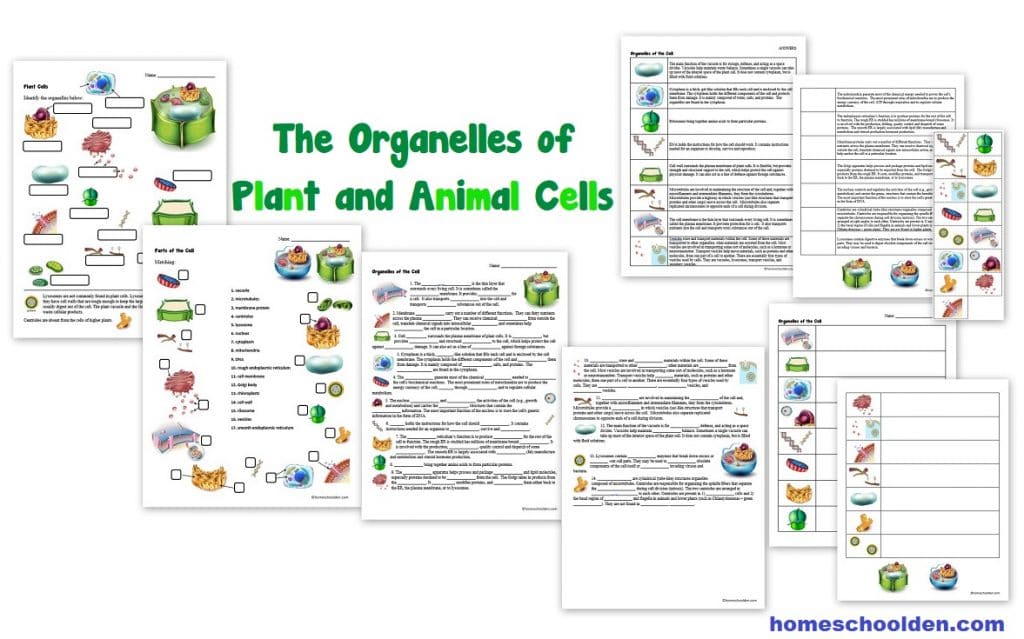
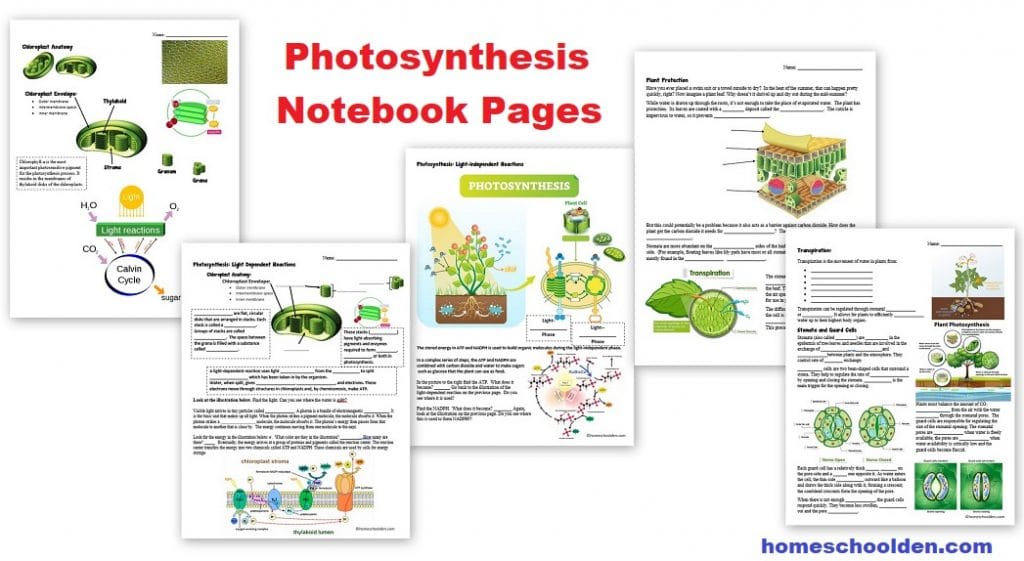
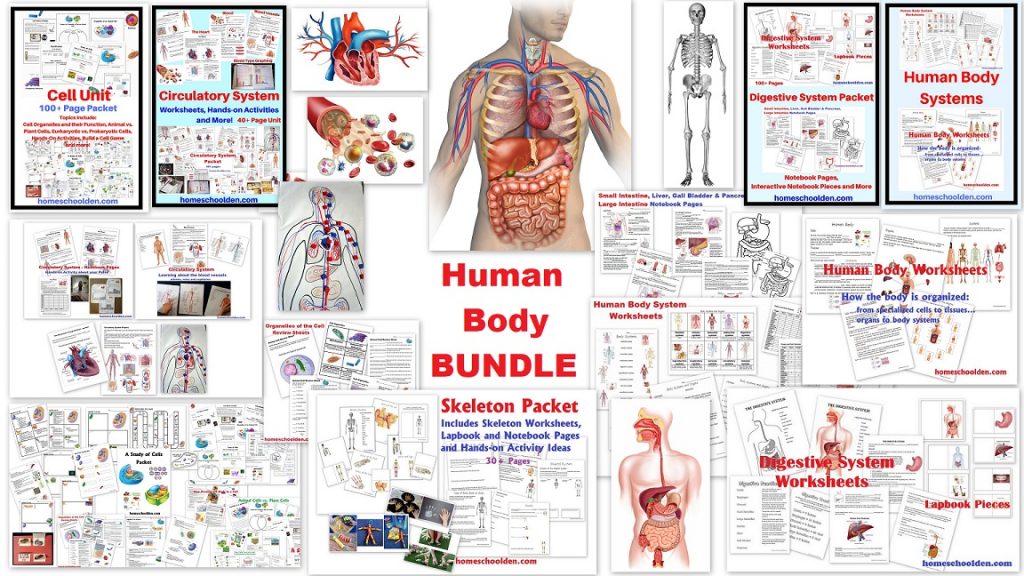
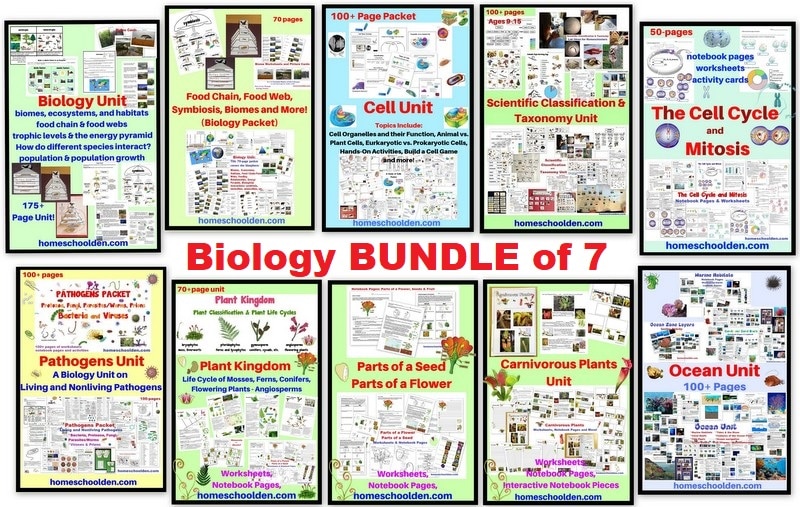
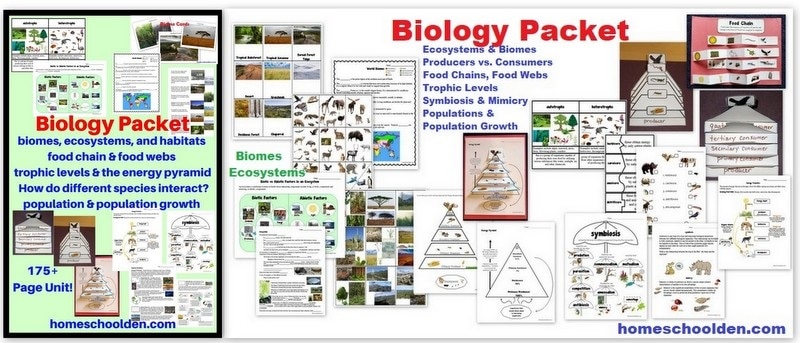
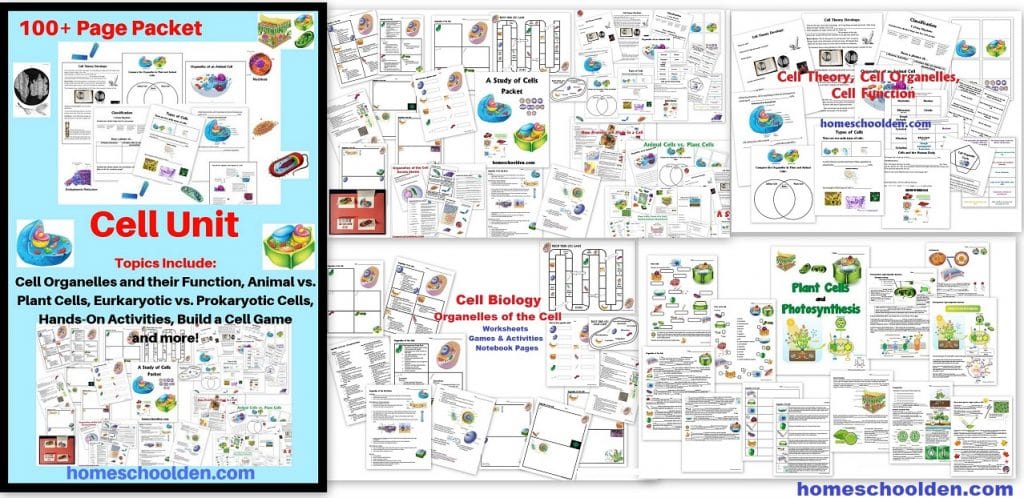
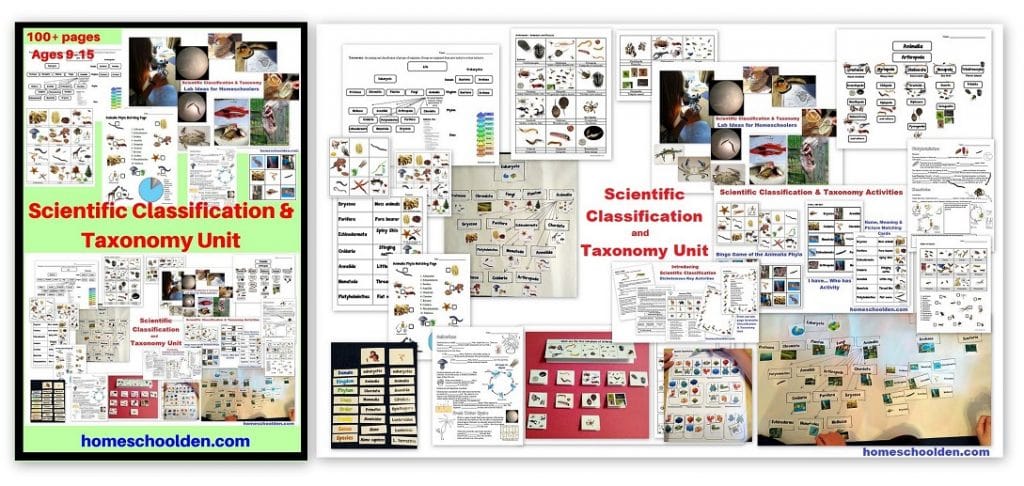

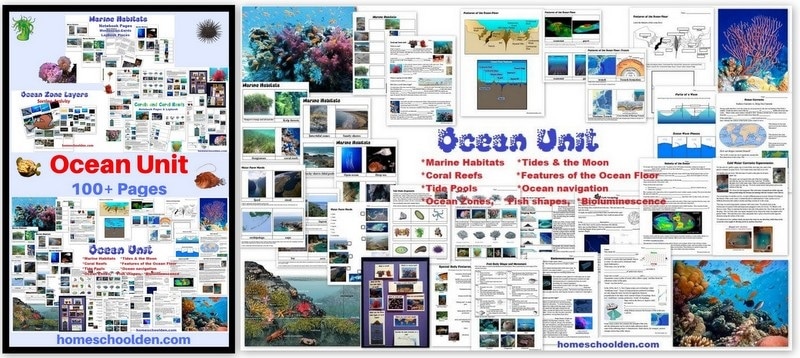
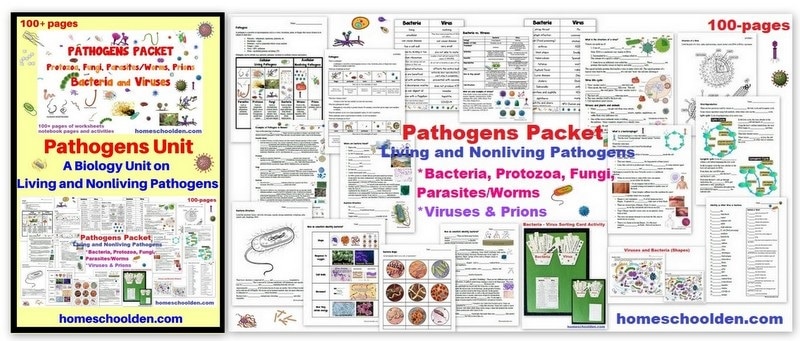
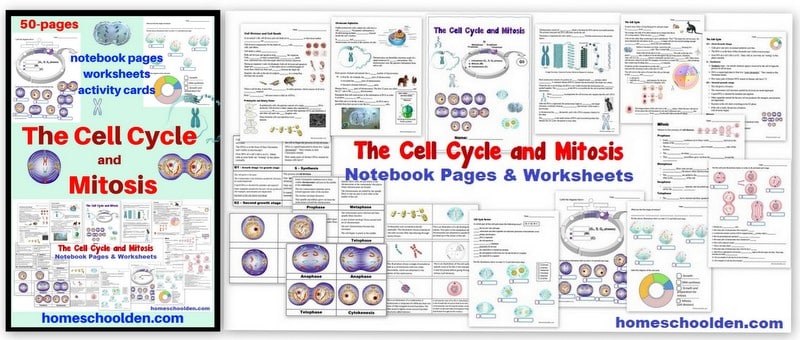
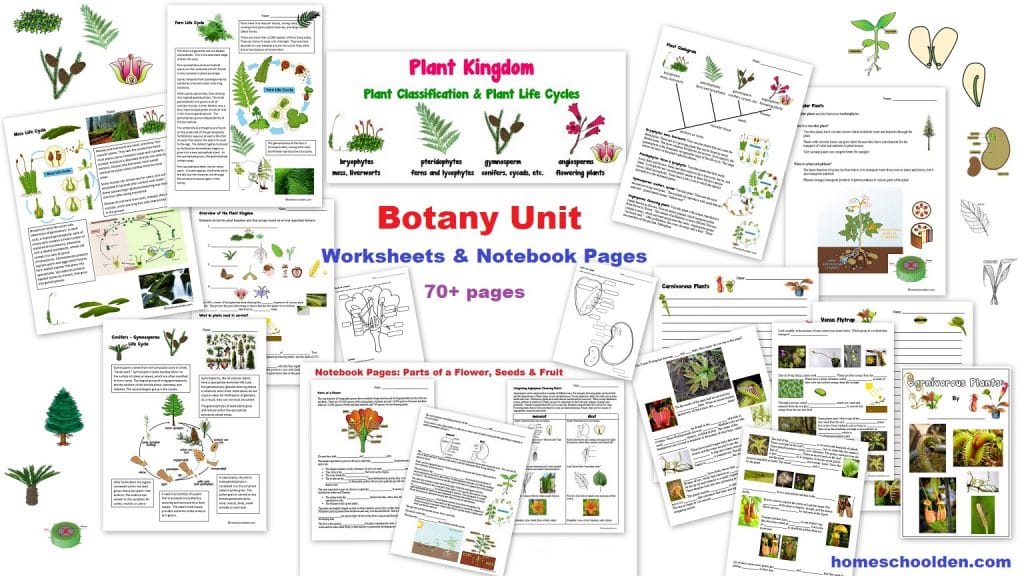
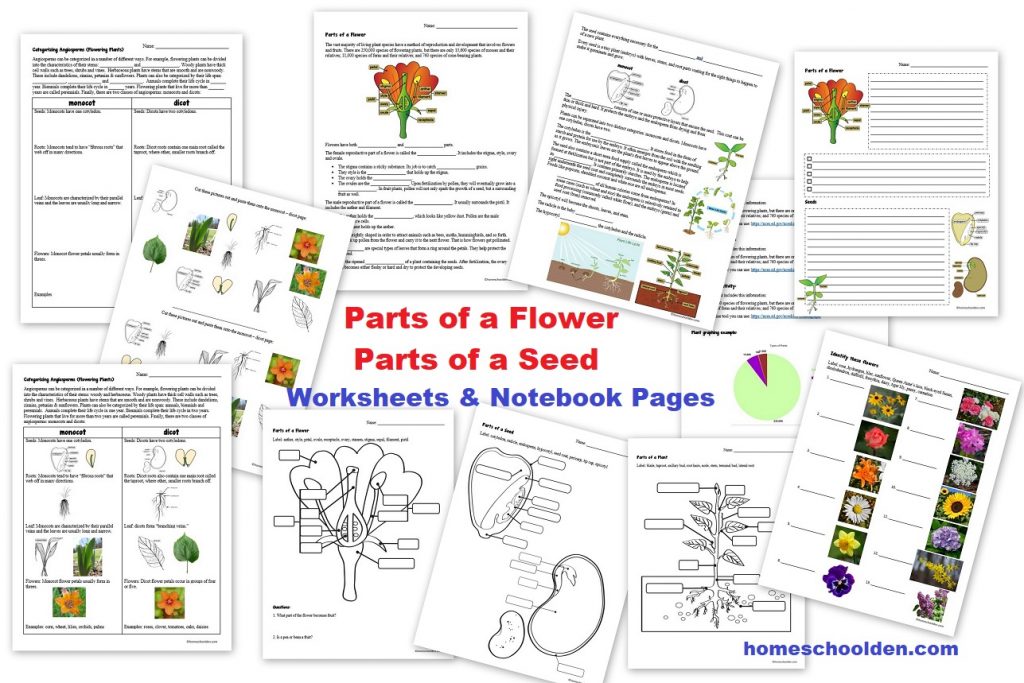
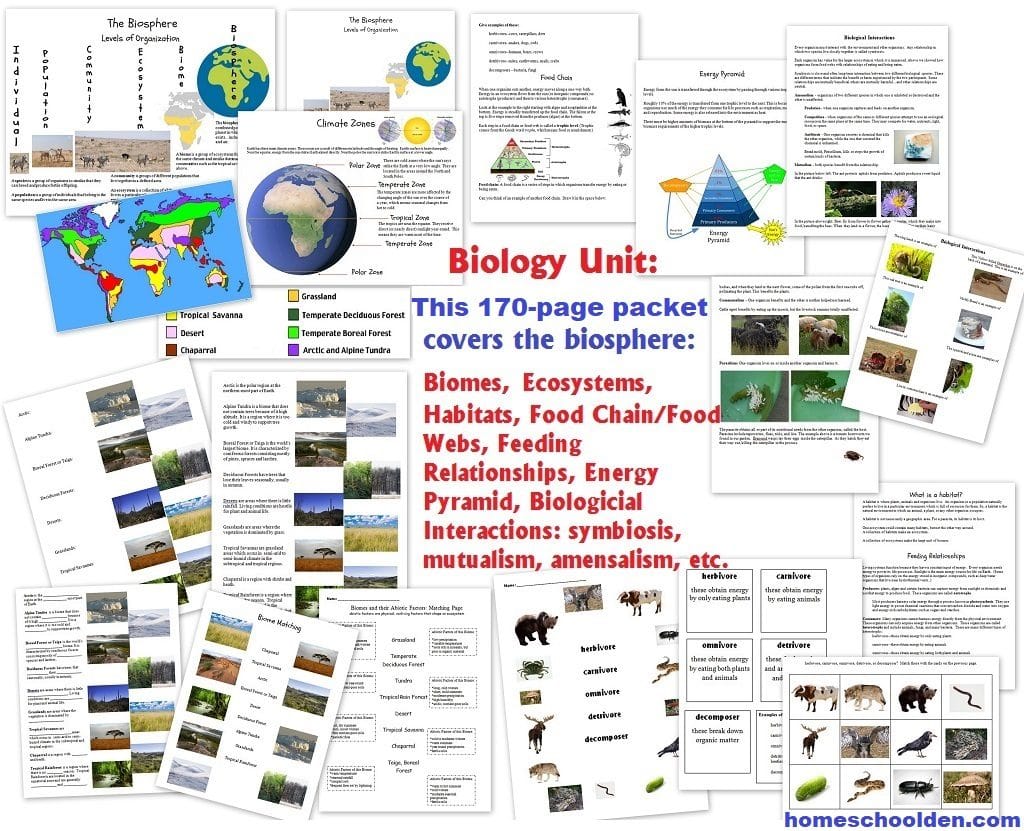
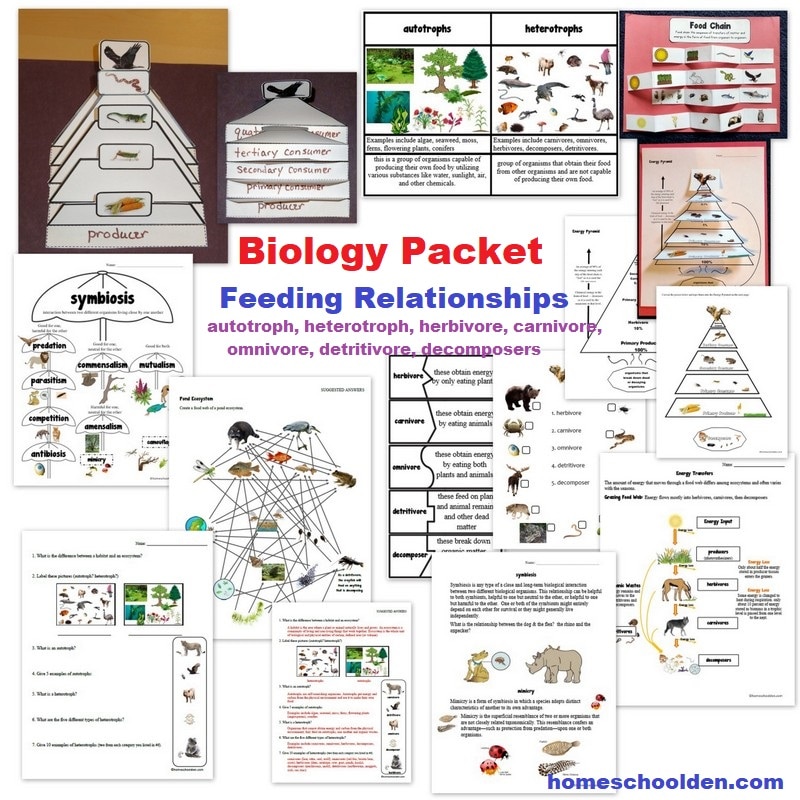
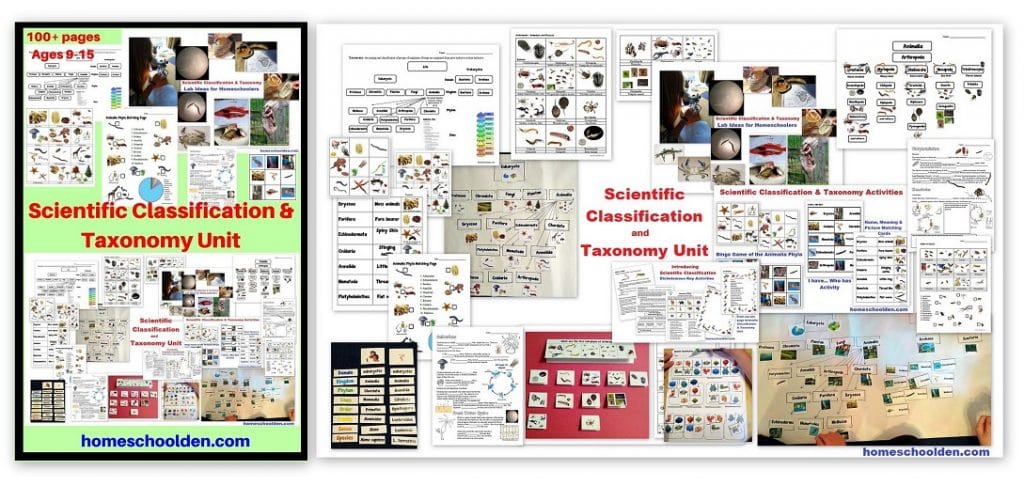
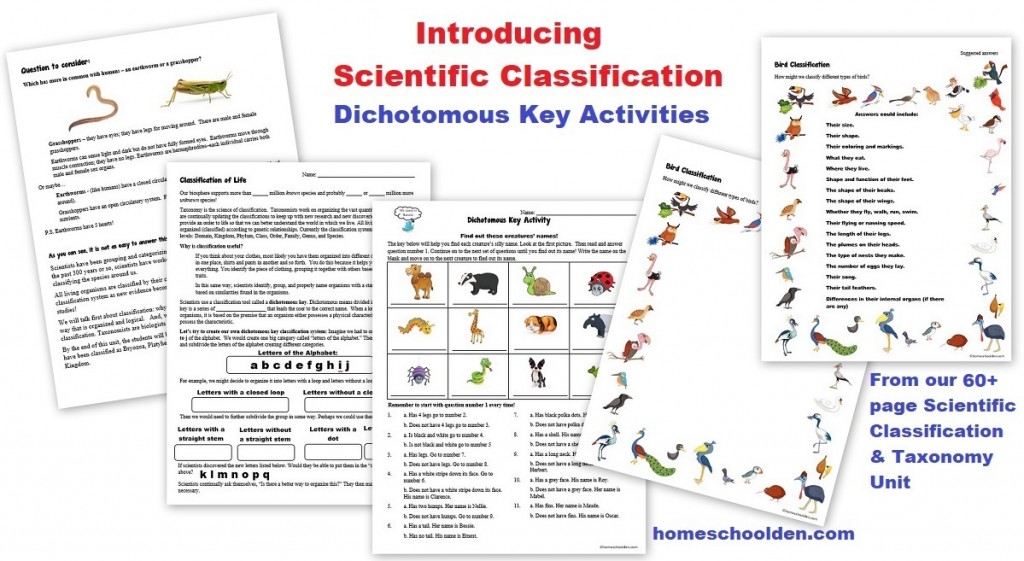
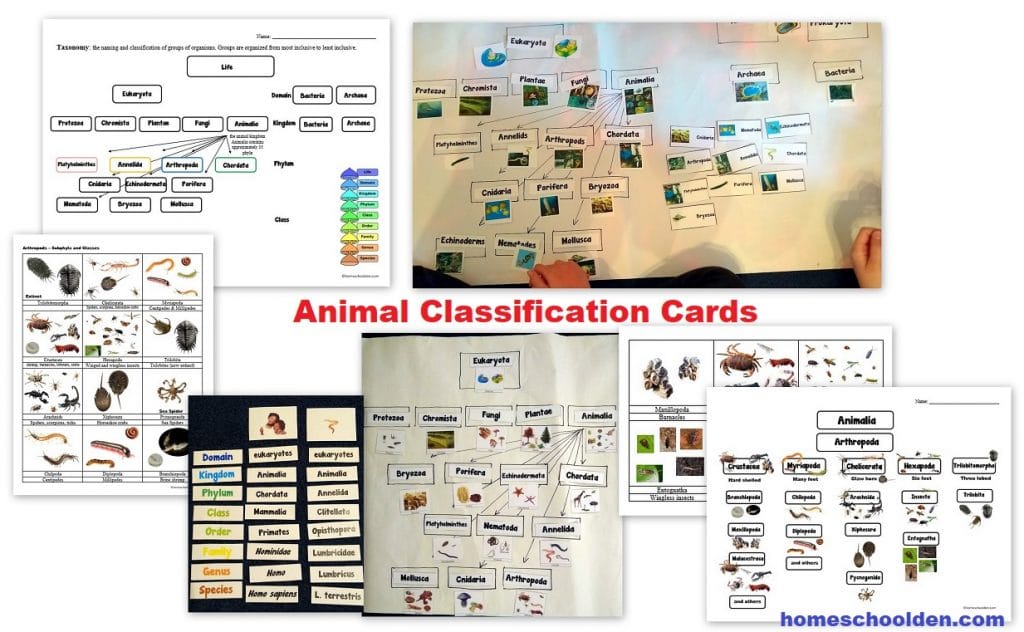
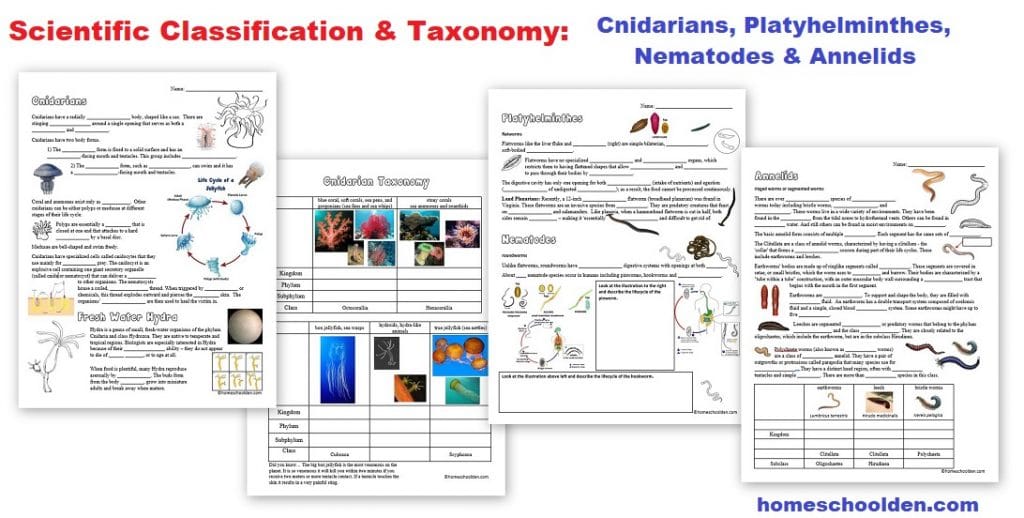
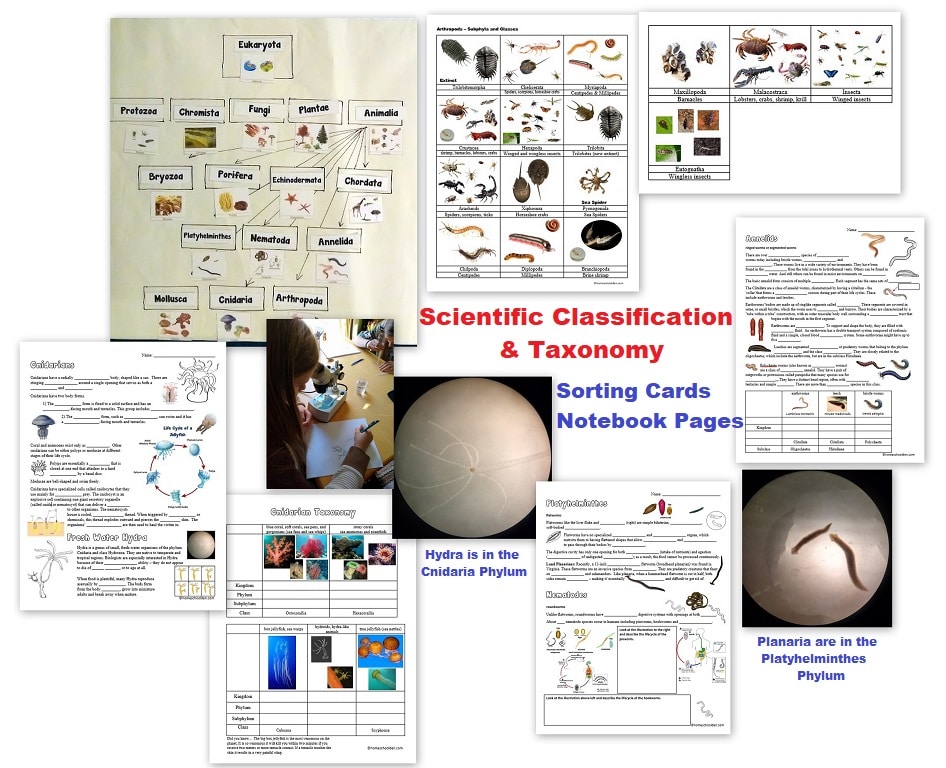
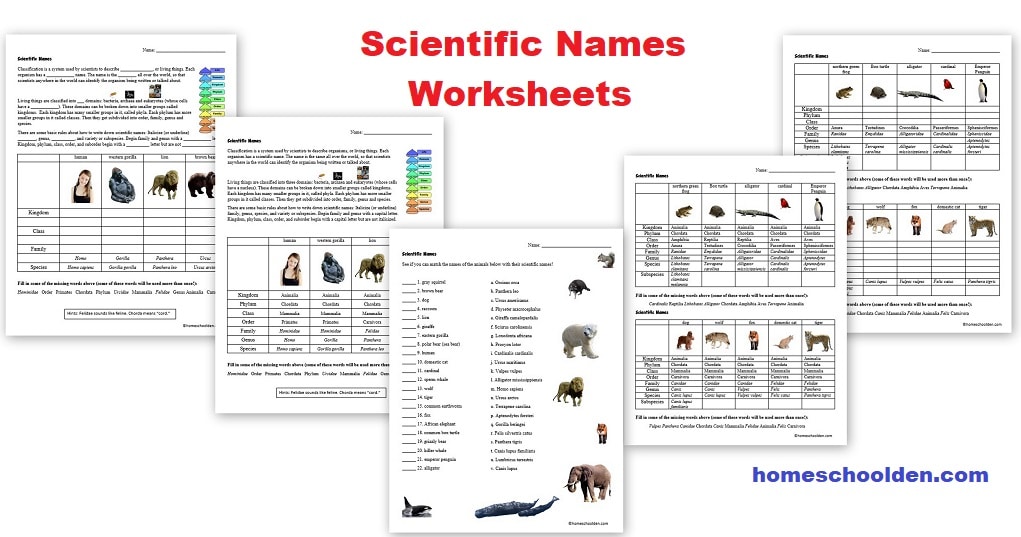
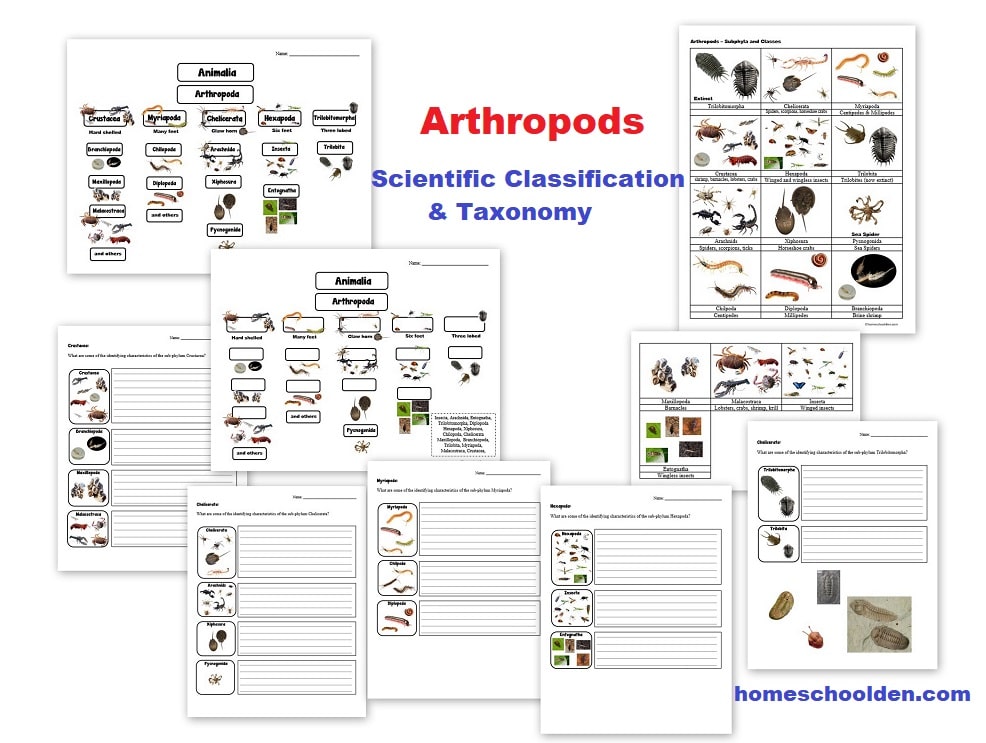

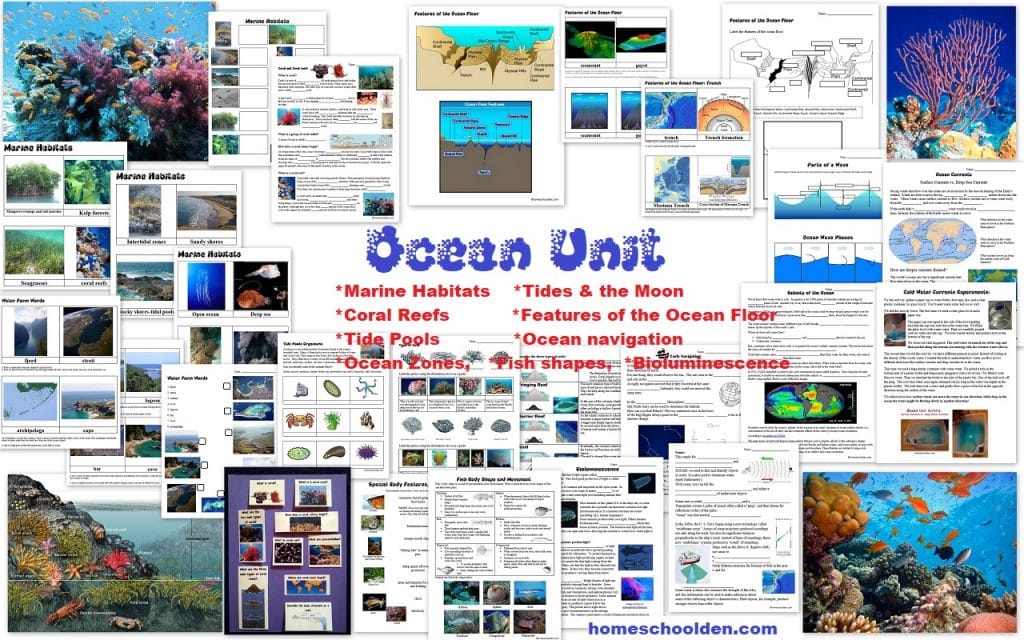
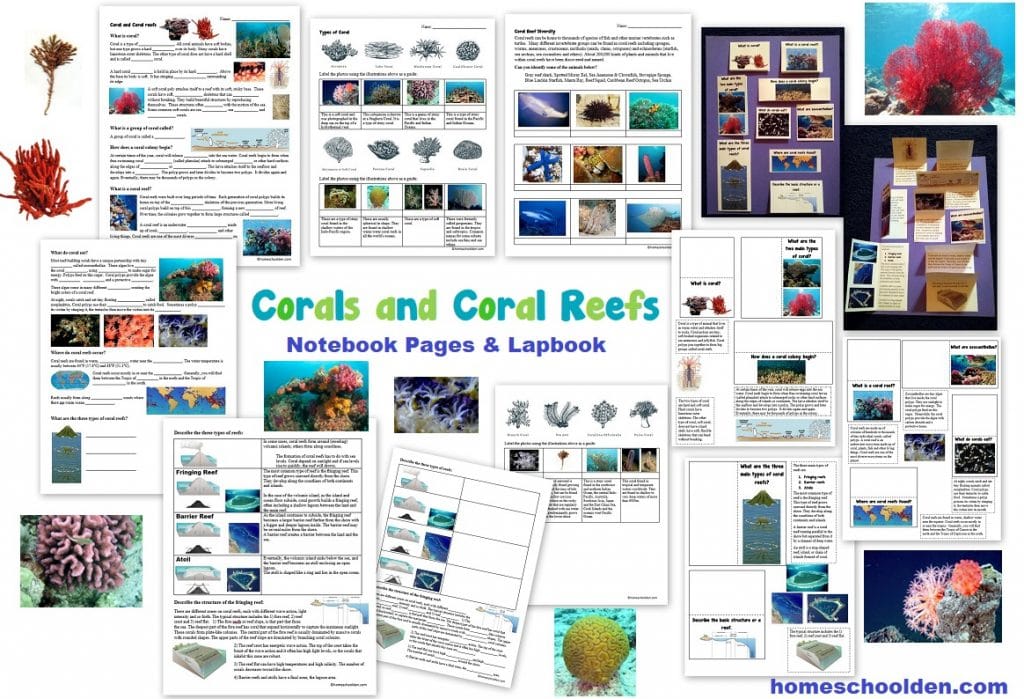
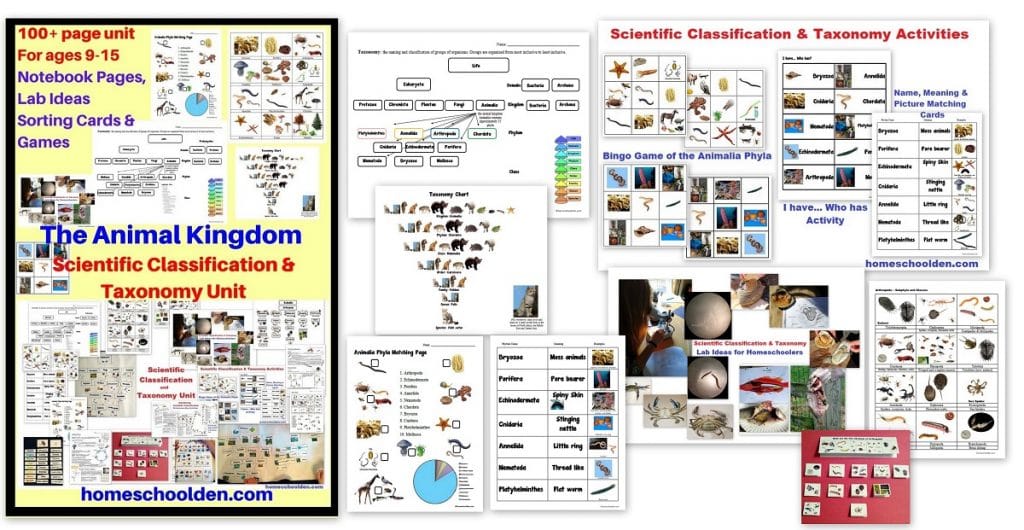
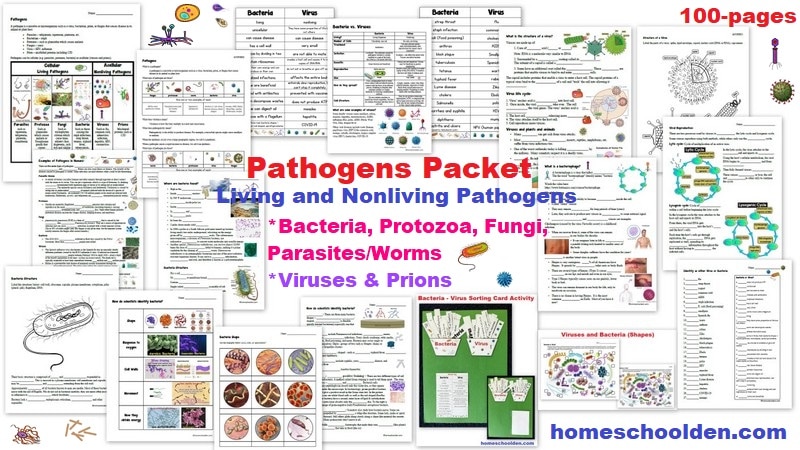
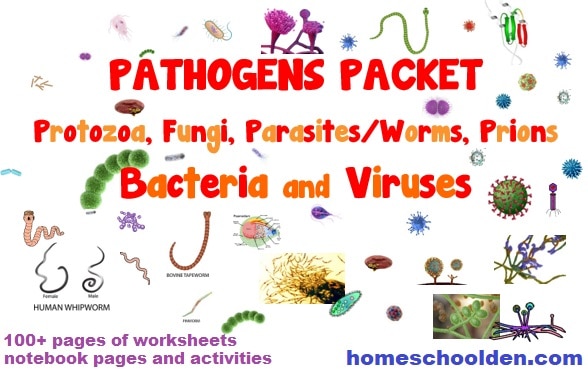
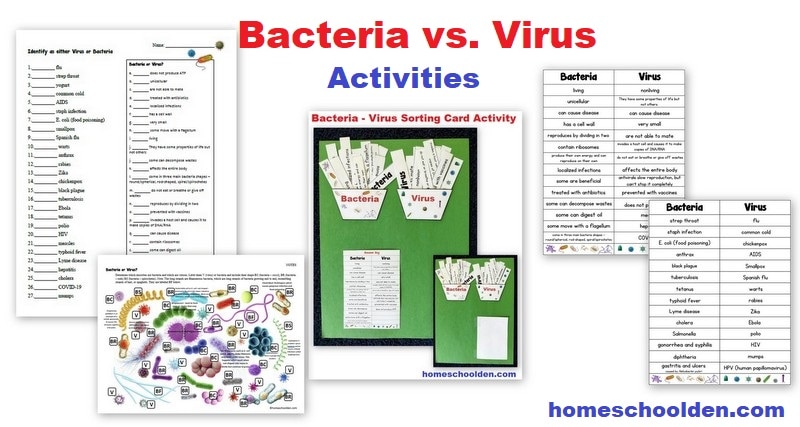
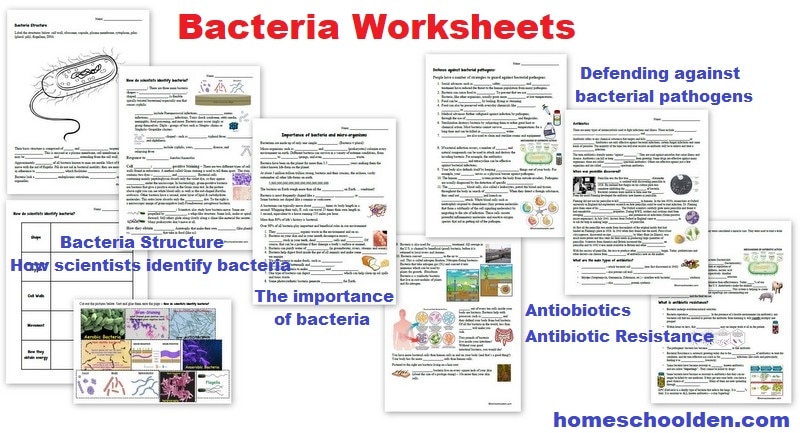
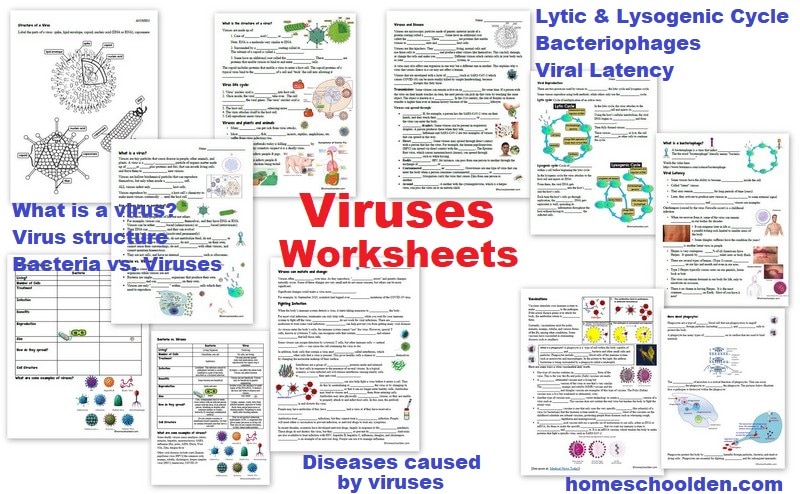

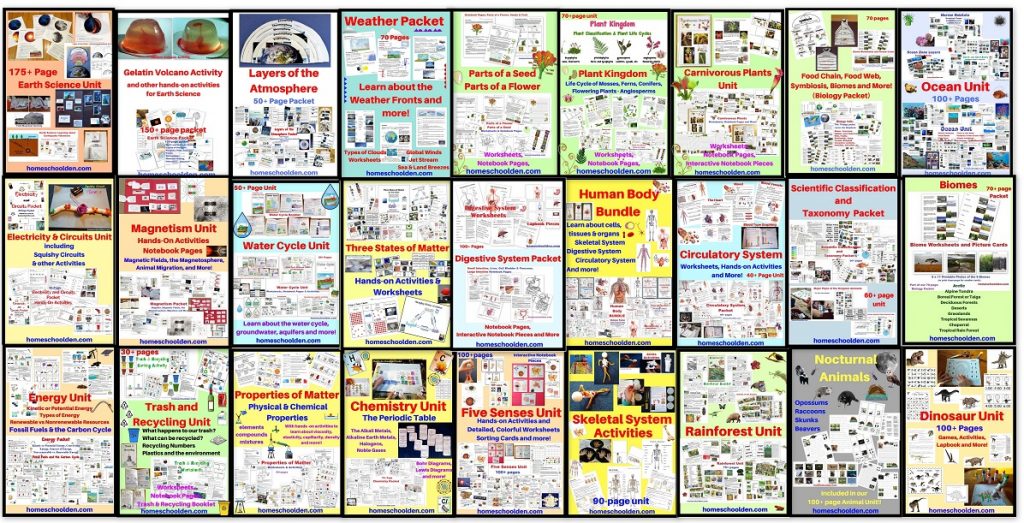
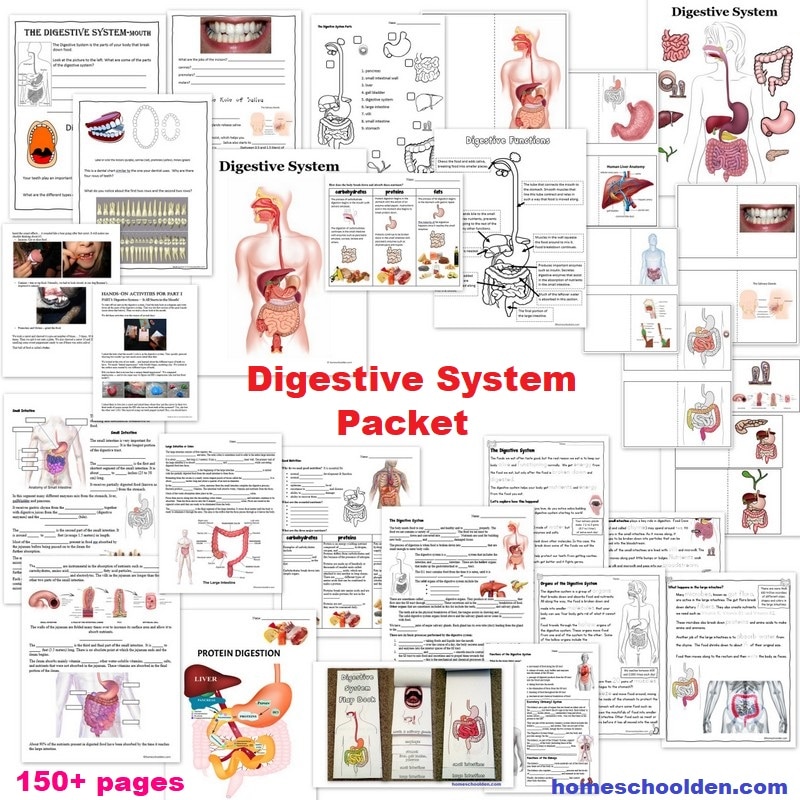
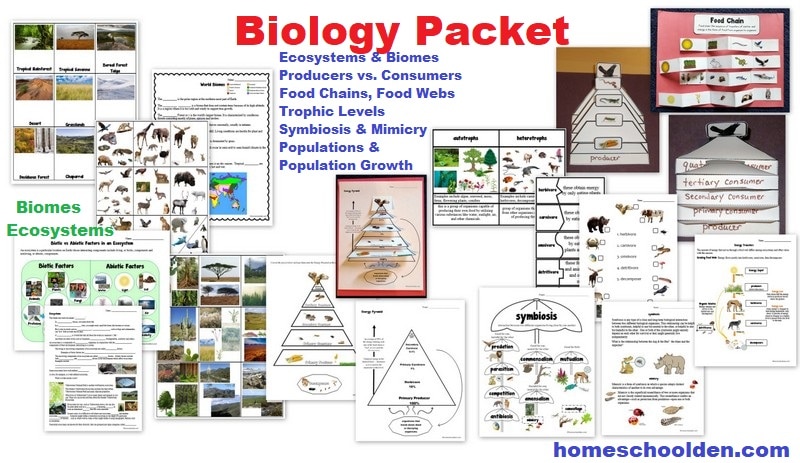
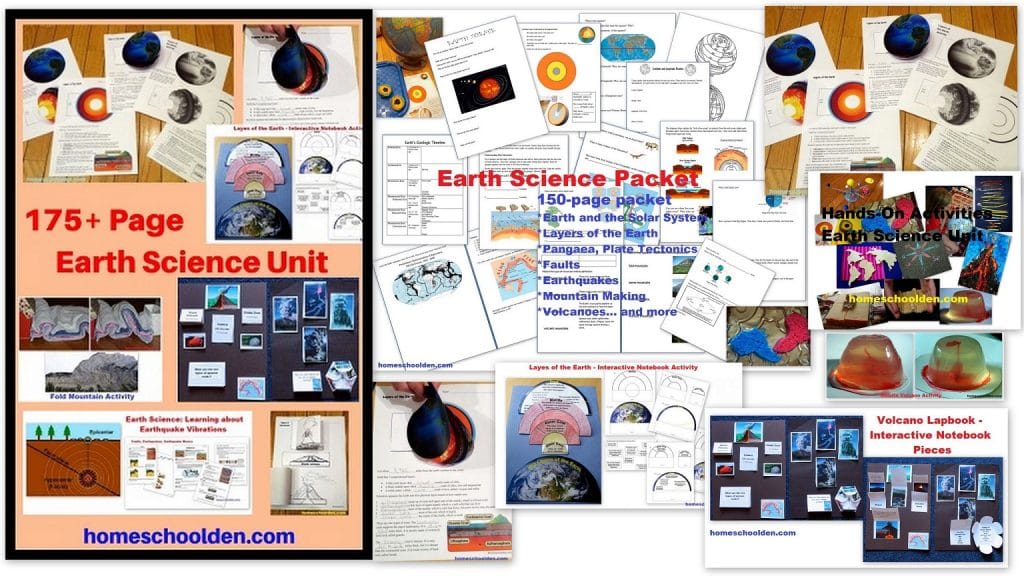
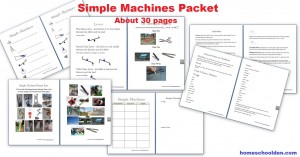
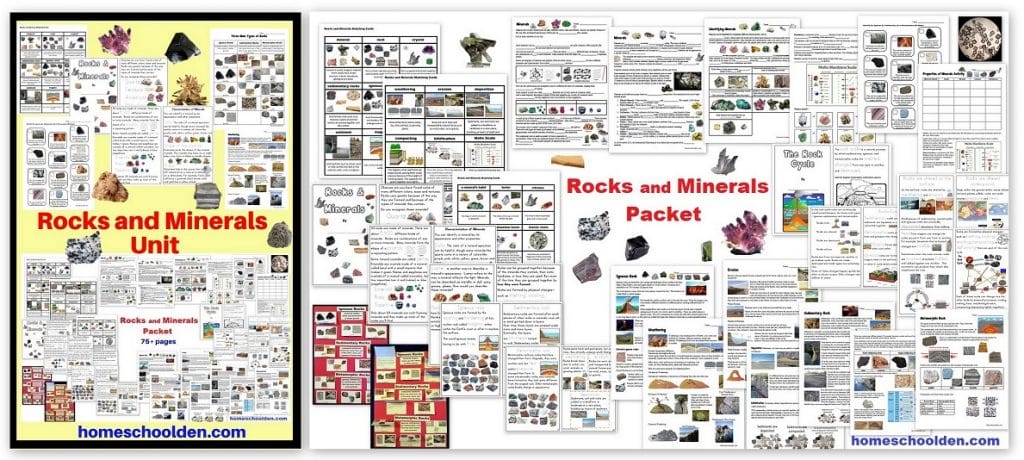
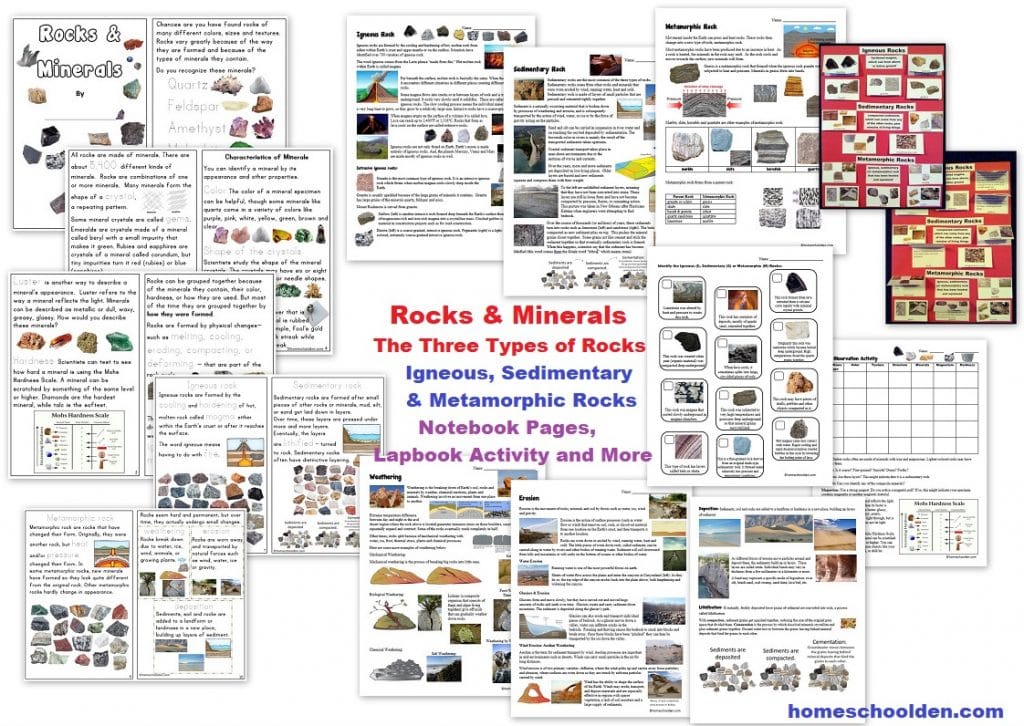
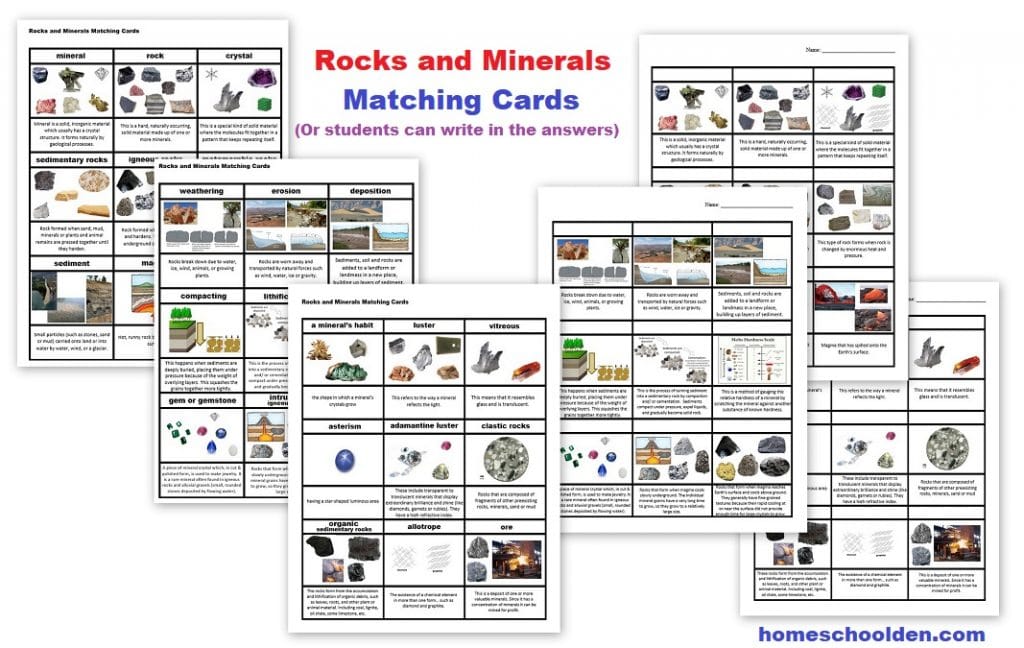
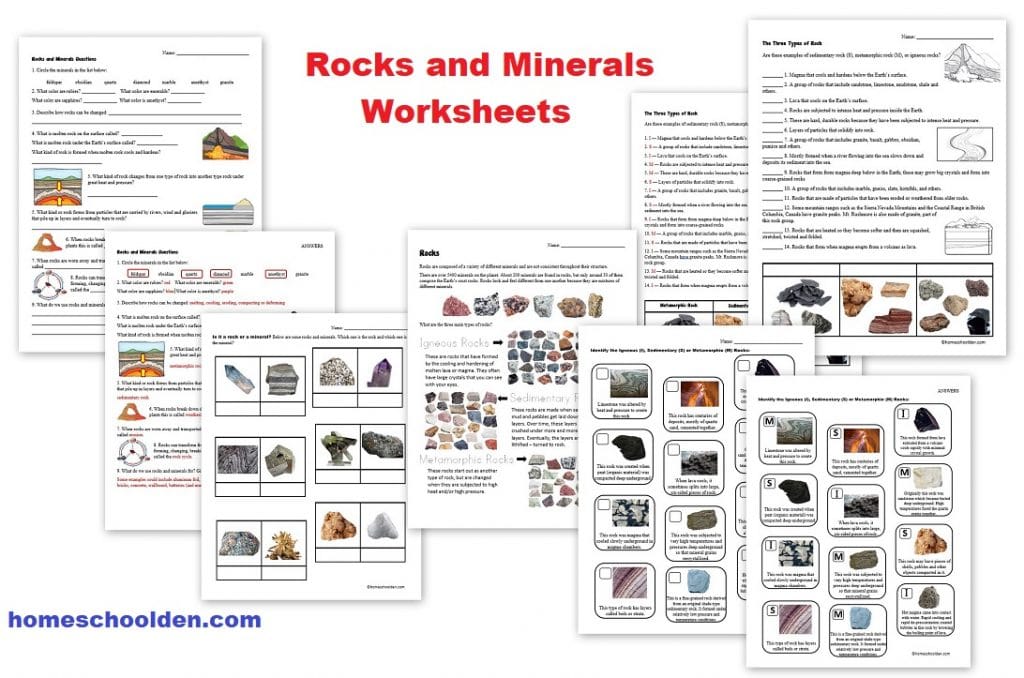
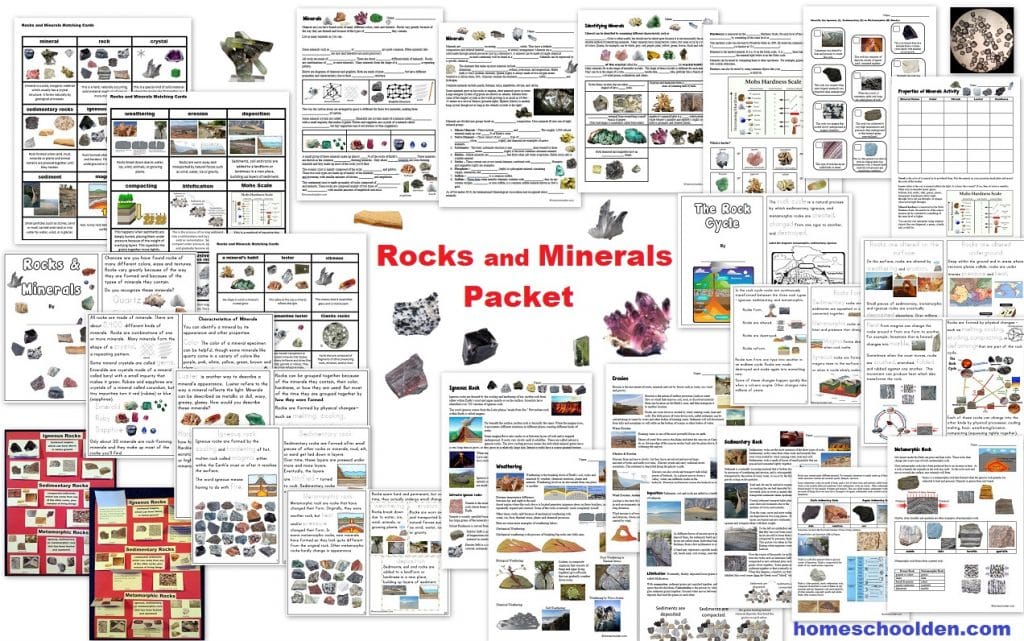



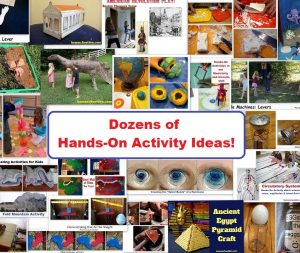



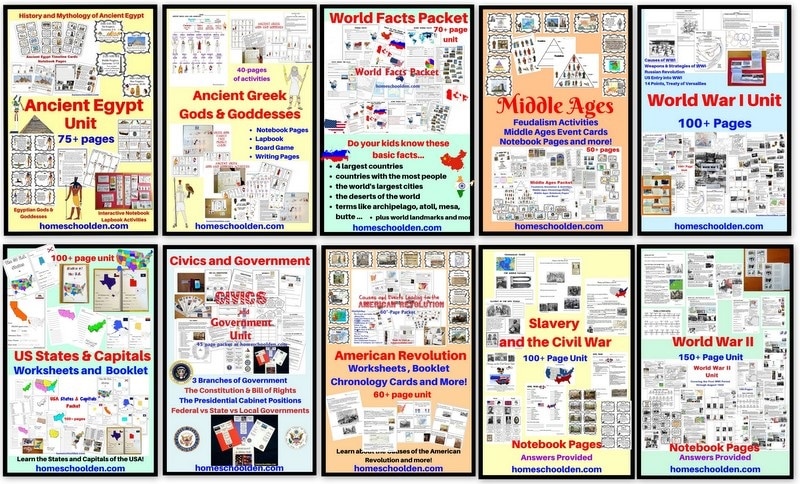
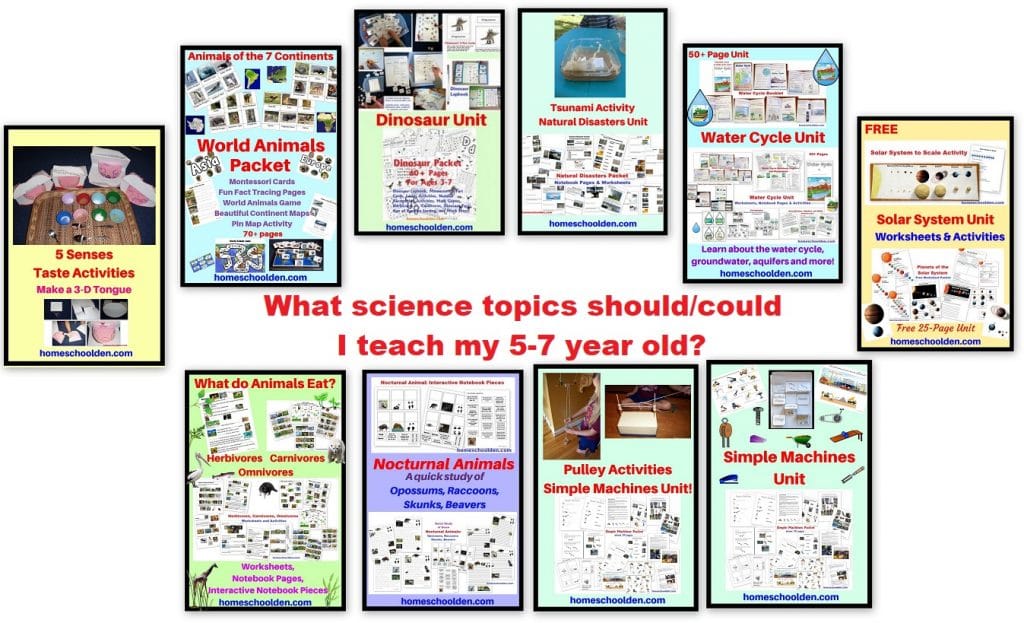

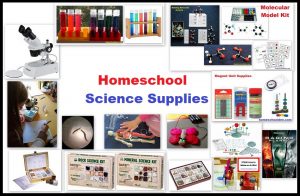



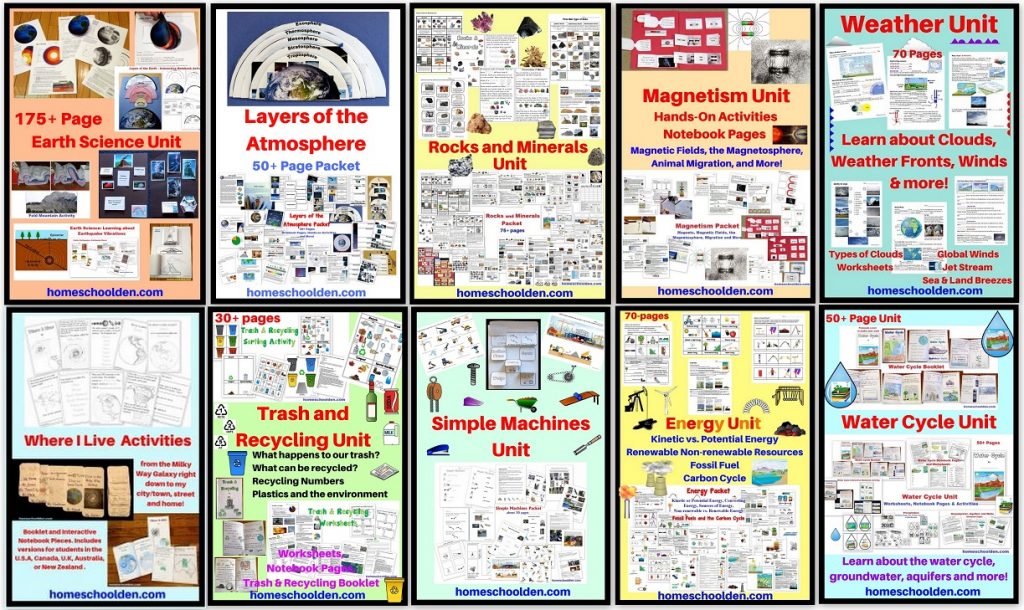

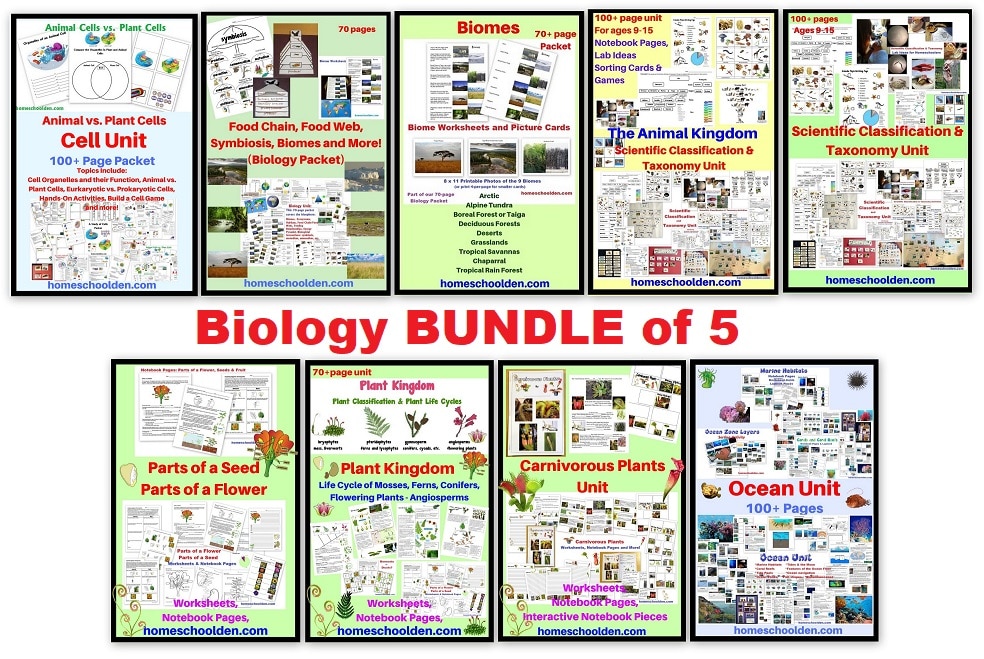
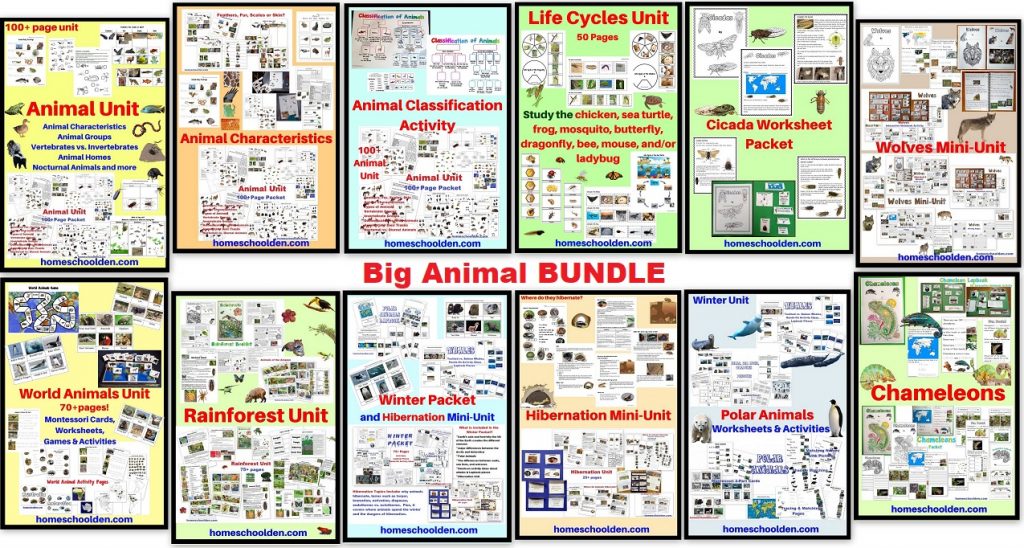
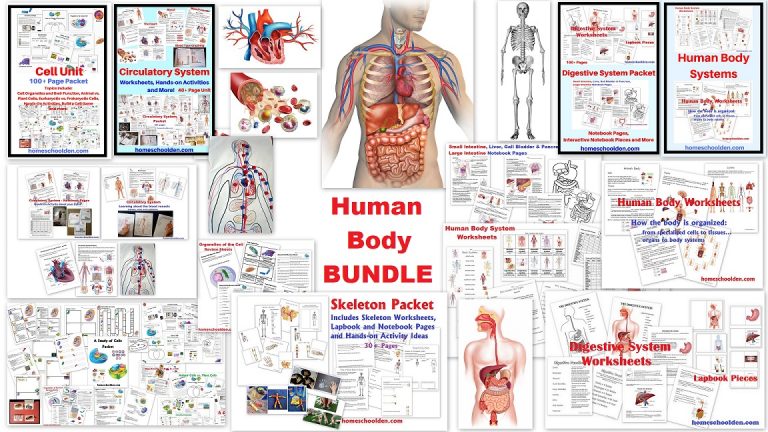
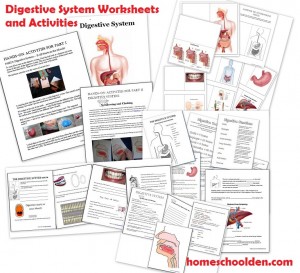


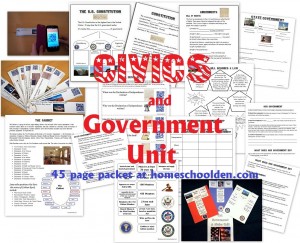
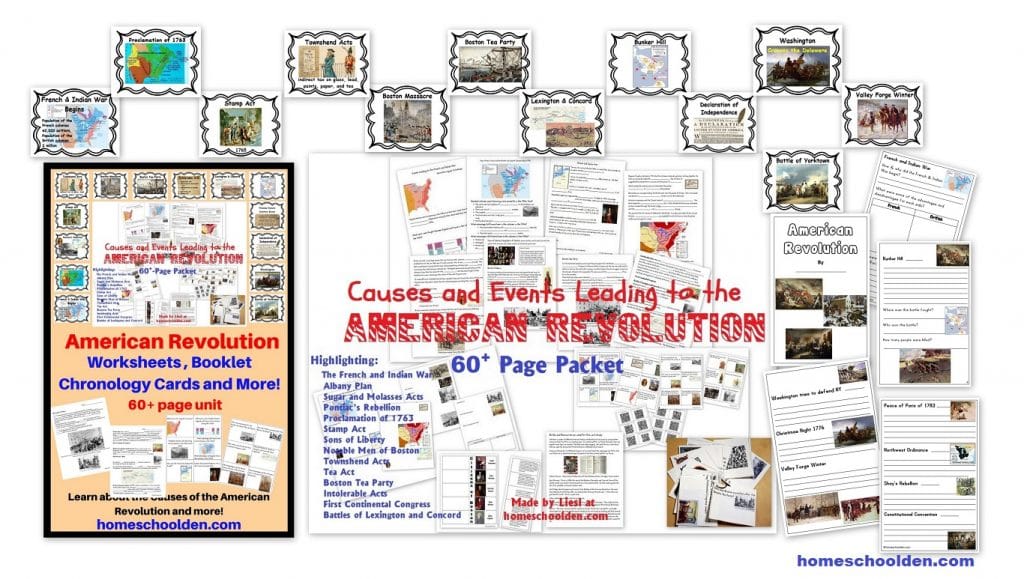

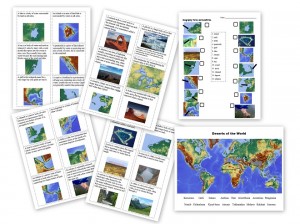
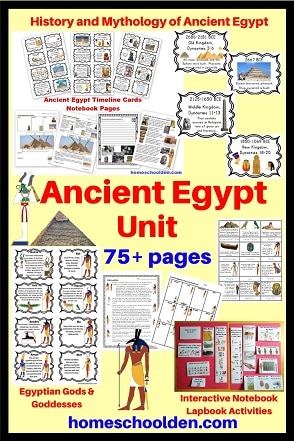
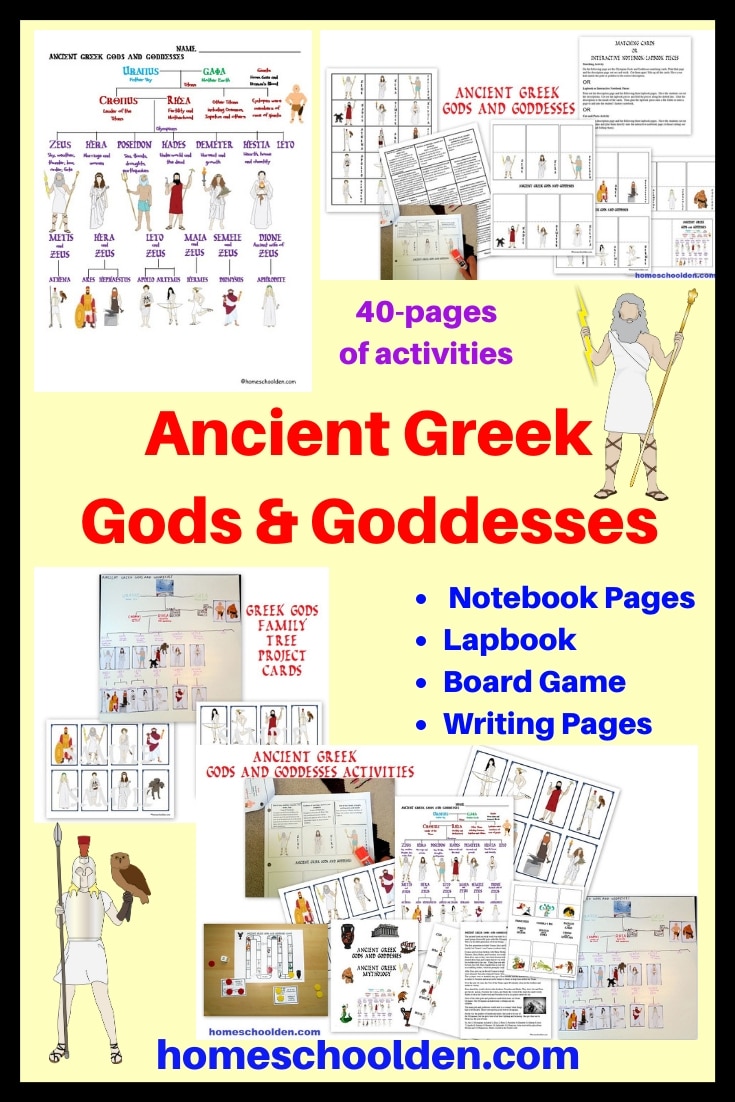




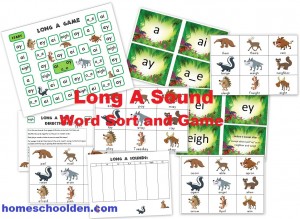
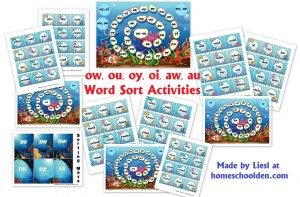

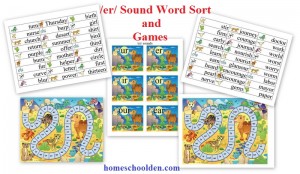
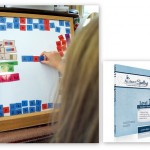

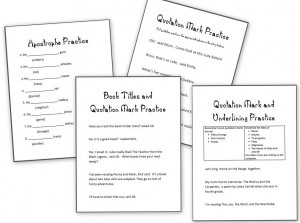

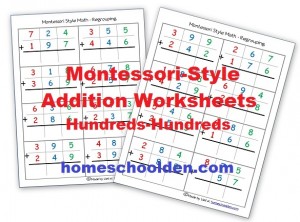
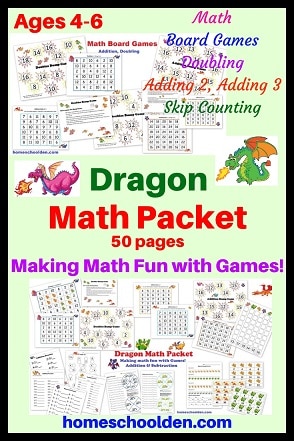
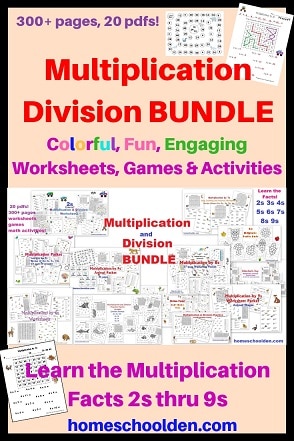

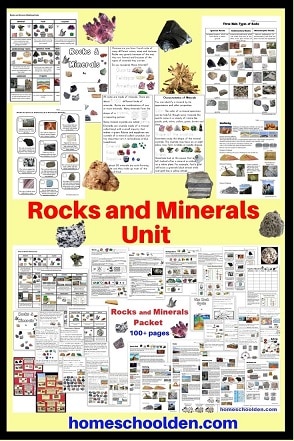

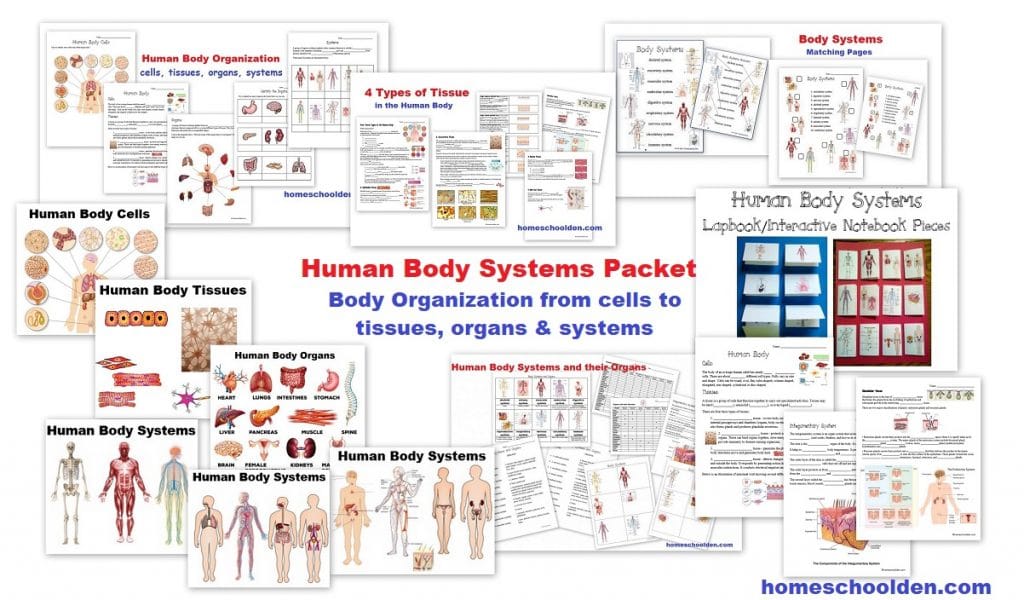
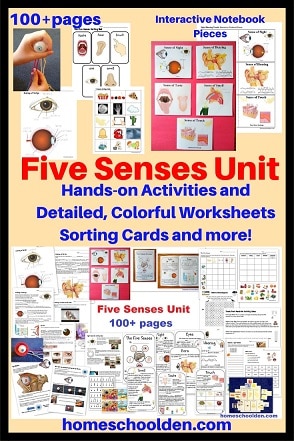
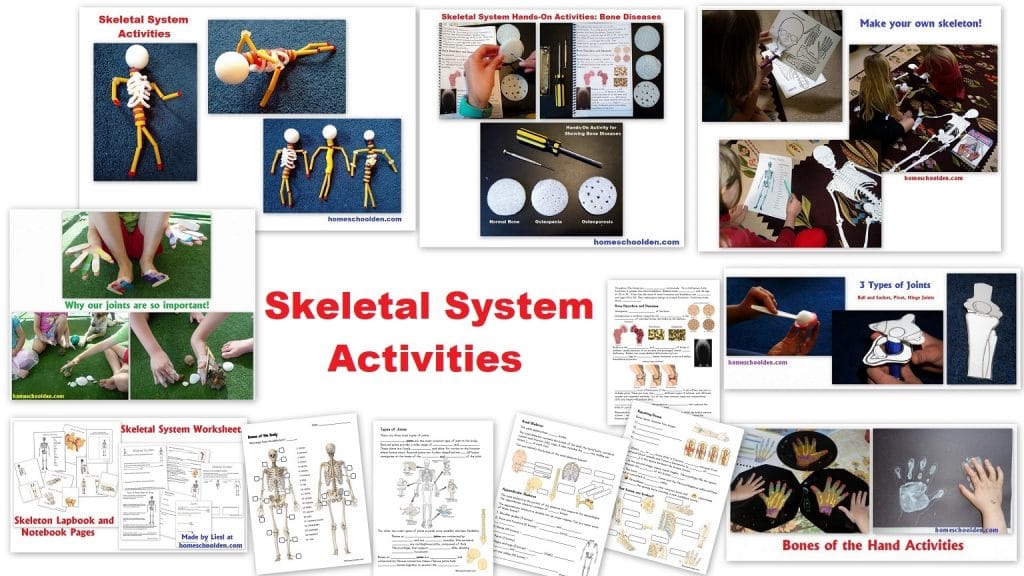
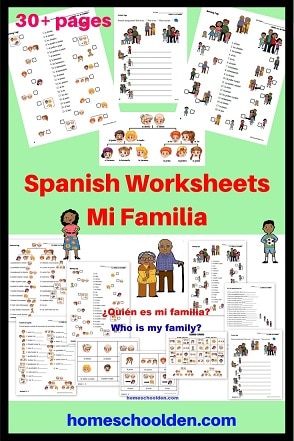
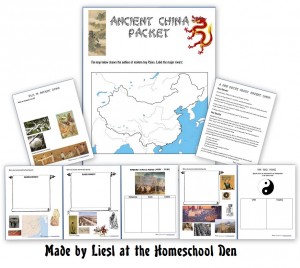
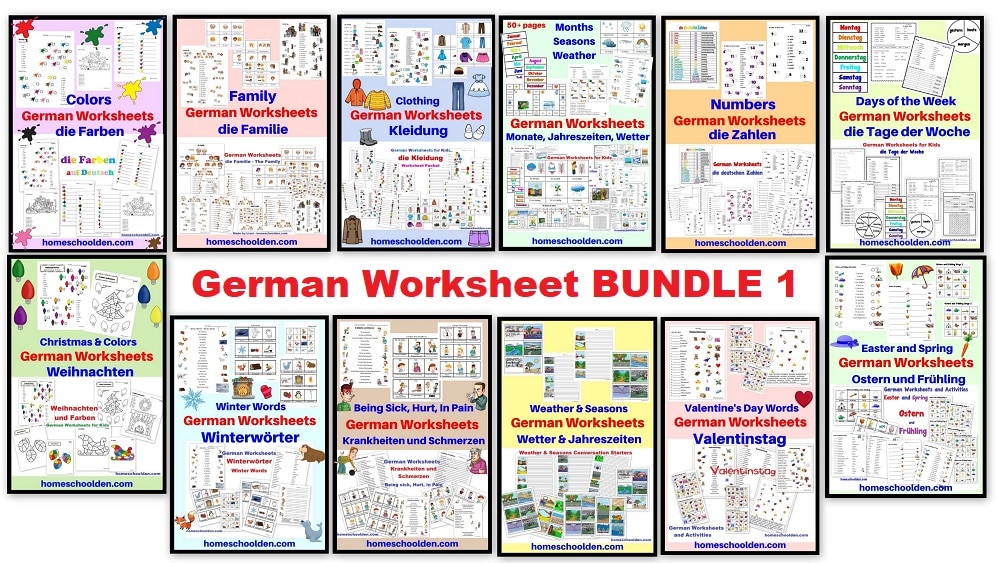
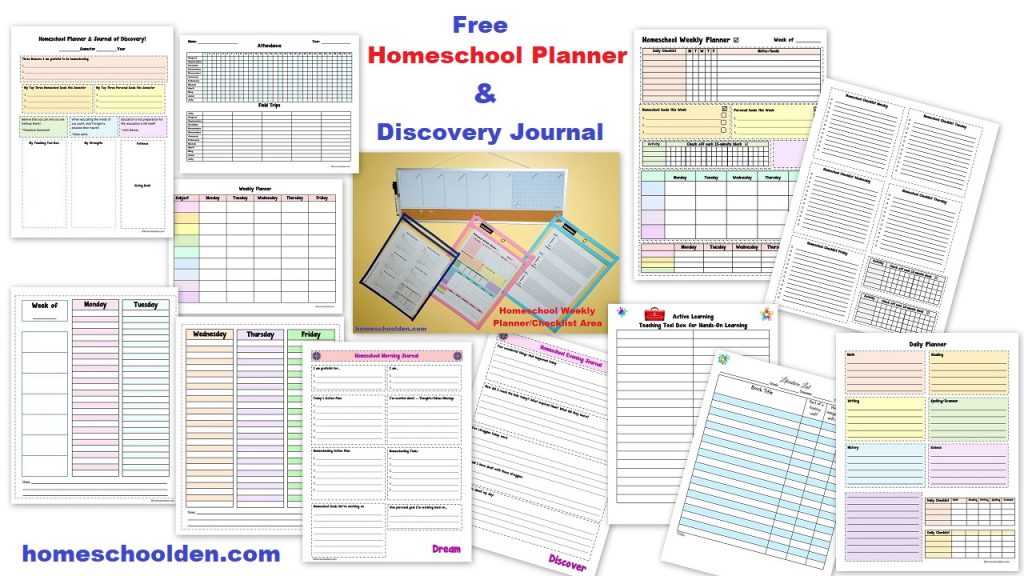
Super impressive. So excited to use this when we’re ready. I watched the video with my 7 year-old and she was super impressed. She said, “That girl really know her cells!” Thank you so much. Off to share it on Facebook.
I hope she has a lot of fun with it!! Thanks for leaving a comment! ~Liesl
Thanks for sharing this.
You’re welcome! I hope you find them useful. ~Liesl
Wonderful unit studies. Thank you for sharing.
You’re welcome! Hopefully they come in handy for you! 🙂 Liesl
This is so amazing. Compliments to the creator. My little ones will be so excited. Thank you. I will have to check out more.
Thank you, Dana! We had a lot of fun with this part of our unit. (We’ll be going on to study one or two of the human body systems from here.) The kids really *wowed* their grandparents (being able to explain what the organelles do). 🙂 ~Liesl
Thanks so much Liesl! I always get excited when I see that you are offering a packet for free. You put together some amazing worksheets and activities and I love you incorporate Montessori practives. My girls are in a Montessori Primary program right now, but we’ll be homeschooling for elementary next year and I’m tucking this away for later use!
Thank you, Erin! I hope these are useful next year! ~Liesl
Thank you so much for this packet. It looks very interesting and this is coming from a biology major. 🙂
Thank you so much for the kind words, Kelly! I had to do a lot of background reading for this packet… pulled out some high school and college texts and then simplified it for my kids! 🙂 ~Liesl
I think the material is great, however, you may want to let your kids know that science is always changing. Kingdom Monera is no longer a kingdom it has been separated into two kingdoms, Archaebacteria and Eubacteria.
Wow–I didn’t know that and did quite a bit of reading getting ready for this unit! Thanks Emily! 🙂 ~Liesl
Hello I was wondering if this would be suitable for a Grade 8 / 13 year old. Your info states 7 to 11 year olds but I wanted to check if it might be a little too young for a 13 year old. Thankyou
Hi,
My son is 13/grade 8 and we just went over the cell material again (and I added to the packet a few weeks ago). I think the packet of materials would be just fine, especially if this is the first time you’ve covered it. The kids really have a solid understanding now of the function the organelles have in the cell. This packet goes into the manufacture of cell proteins (in the ribosomes) which is something most textbooks don’t cover until high school. I would probably not recommend April Terrazas’ book for your child because it is a bit simplistic (though I think my kids will always remember lysosomes as the “trash can of the cells” because of her book!!) Our family still used her book this time around because her explanations are so catch/easy to remember. (I have 2 younger kids as well.) I would highly recommend viewing slides under a microscope if you have access to that. And when you cover plant cells, I would spend time talking about photosynthesis. We have a few free worksheets about photosynthesis at this post: http://homeschoolden.com/2015/03/20/photosynthesis-worksheets/ Depending on the level of your child, you could then spend time talking about mitosis/meiosis (which is not really covered in this packet; there is just one page showing mitosis and it asks about the role centrioles has). I spent time talking a little bit about that with my son (the 13 year old) a few weeks ago and the role centrioles/microtubules play in cell division. That was over my 11 year olds’ head, but my son understood it on a basic level. (We’ll cover that in biology in more depth in a couple of years.) I hope this helps! Feel free to contact me if you have any other questions.
UPDATED: We did this unit again when my son was in high school and I have updated and added to this packet to include some high school level material. 🙂 This is packet is adaptable for a wide range of ages!
~Liesl
Hi Liesl,
This looks amazing I can’t wait to begin! Do have a microscope you recommend?
Thanks!
Hi Sherri,
We have a microscope that I purchased a while back used. It doesn’t have any information (brand name or anything), but I am 95% sure it is a dissection microscope. Ours seems like it is pretty good quality; is made of metal. It has upper and lower illumination (ours plugs in). I have prepared slides that we used during this unit. It has suited our needs, though ours is not powerful enough to see single-celled organisms. I am guessing ours is similar to this one — AmScope SE306R-P-LED Forward-Mounted Binocular Stereo Microscope (which has pretty good reviews). Sorry not to be of more help! ~Liesl
Thank you! Actually very helpful! Sherri
No worries, Sherri! Enjoy your unit! ~Liesl